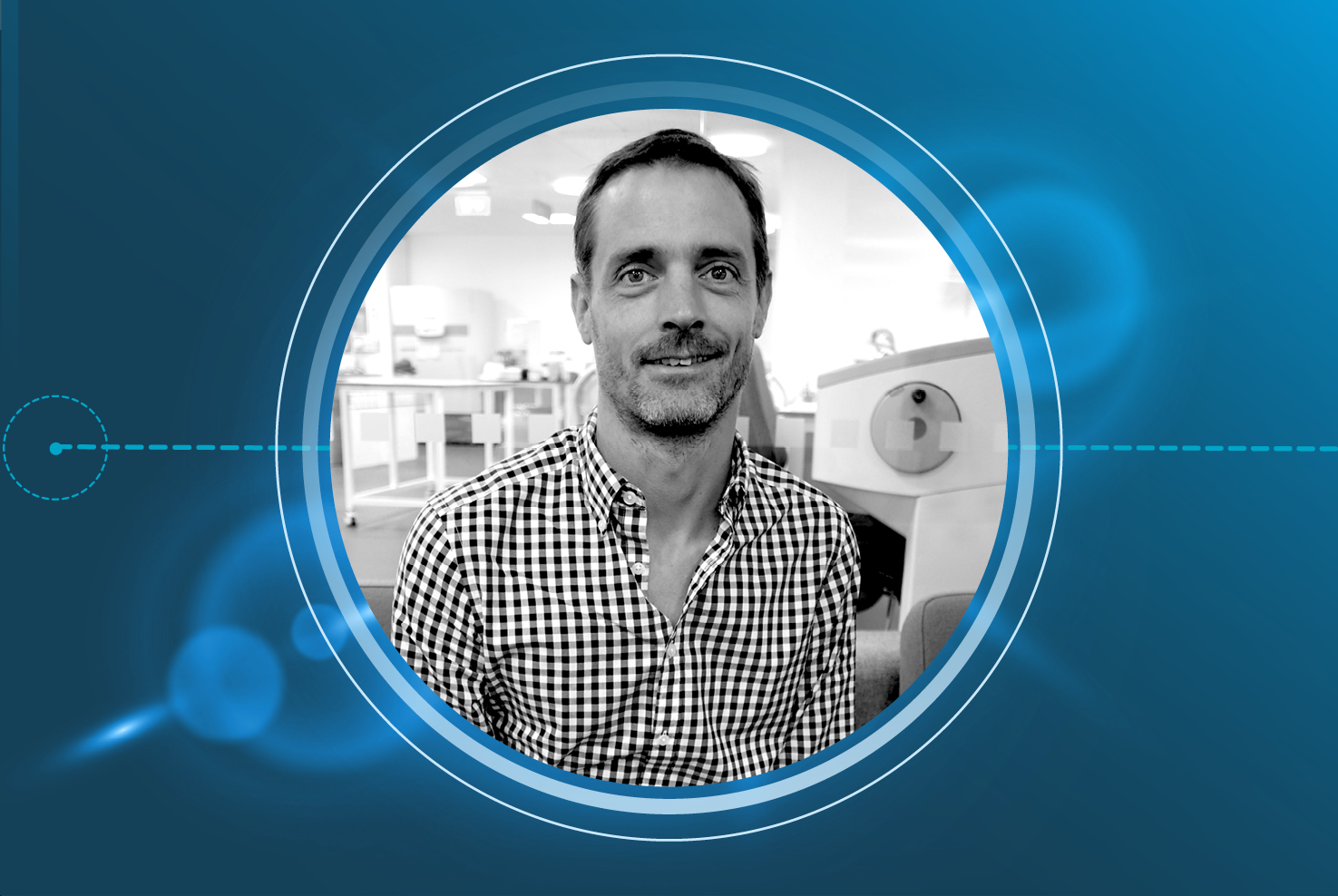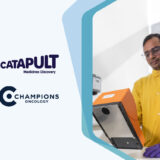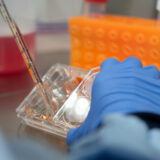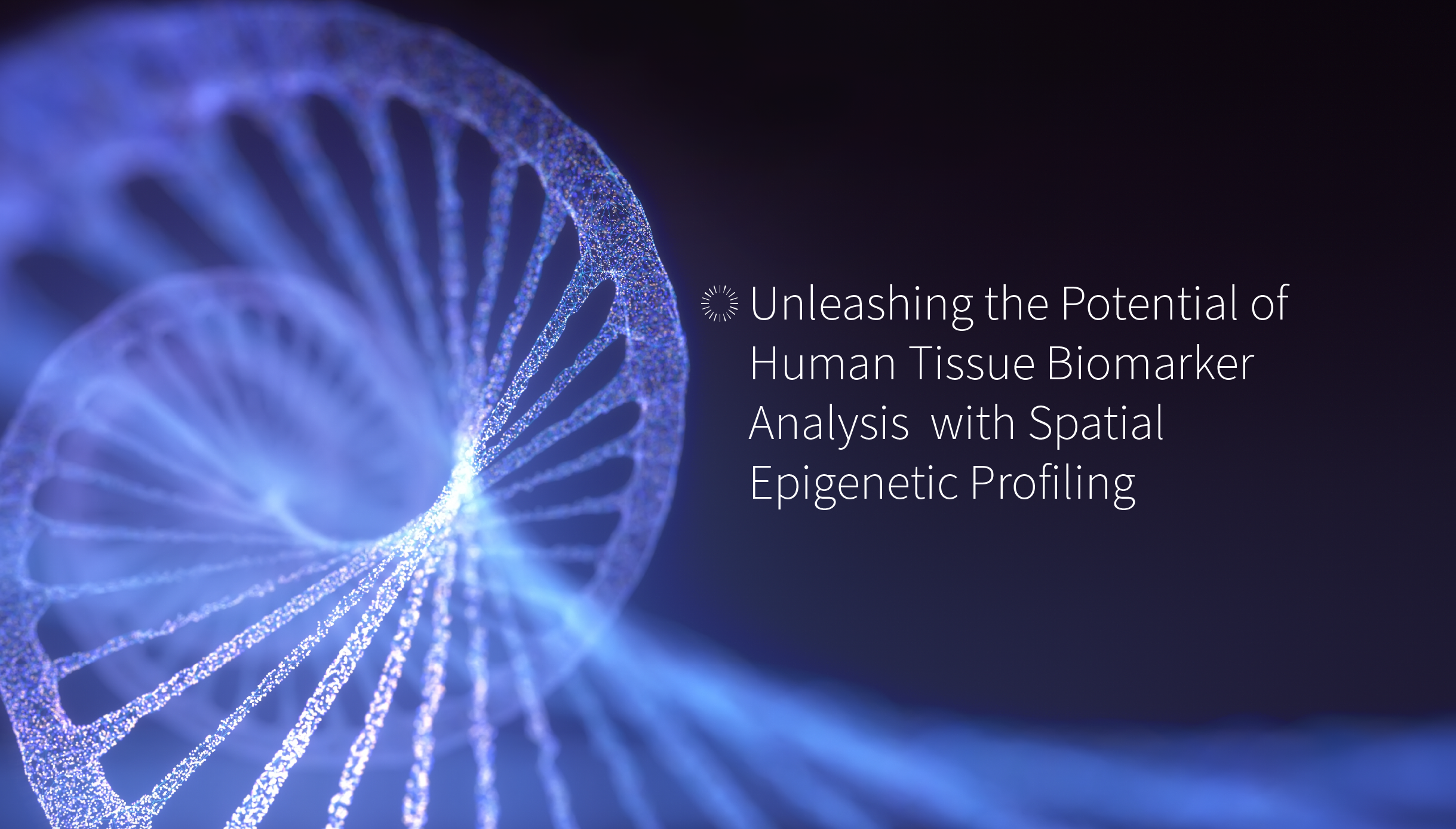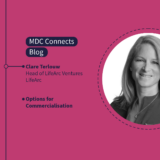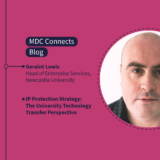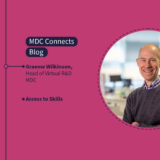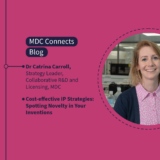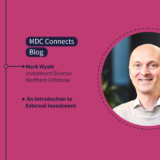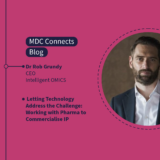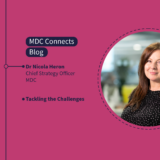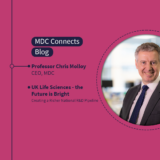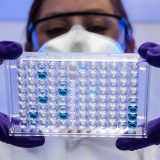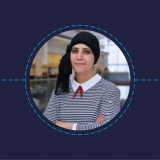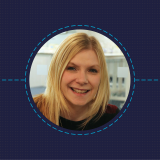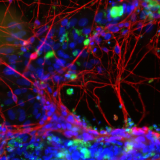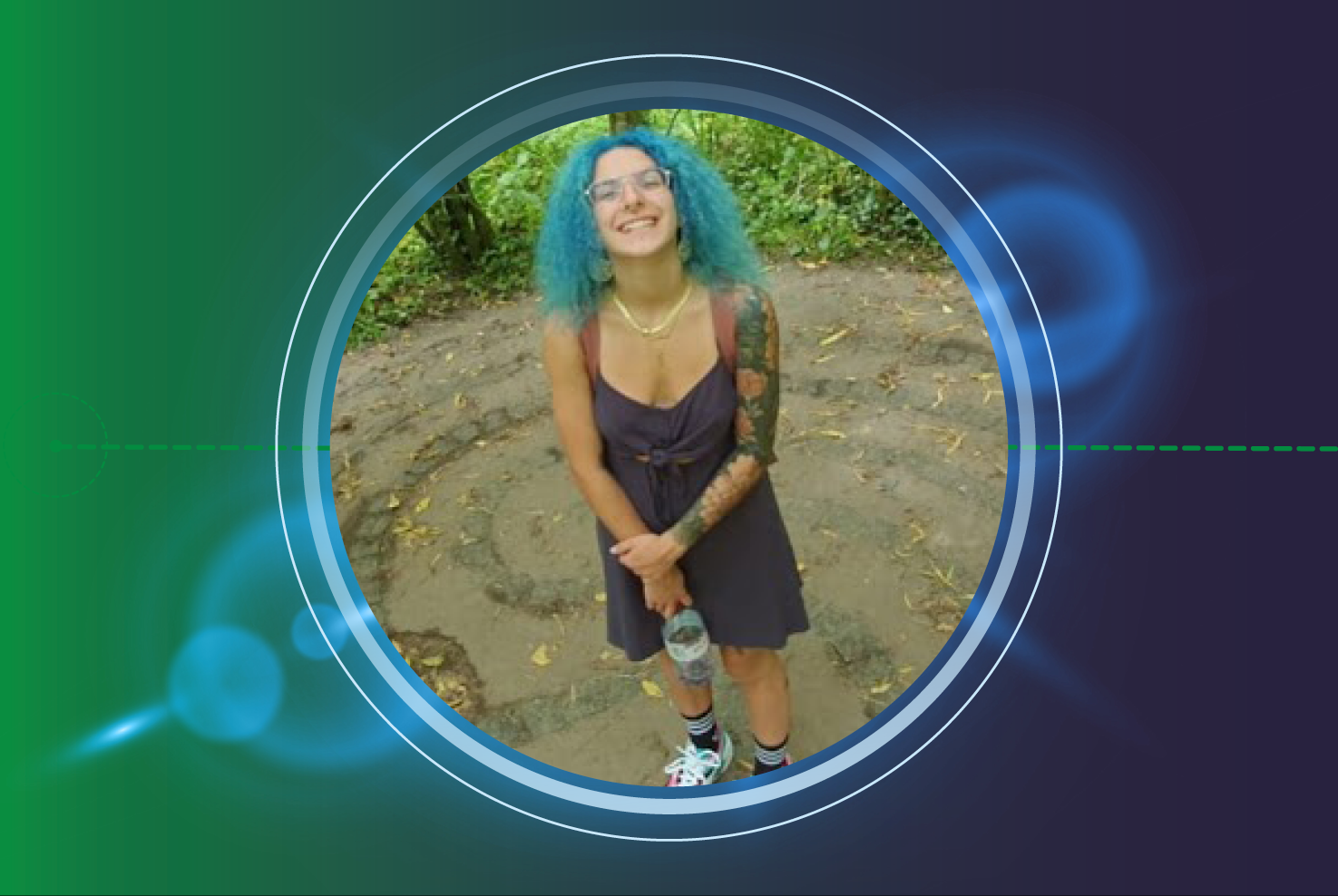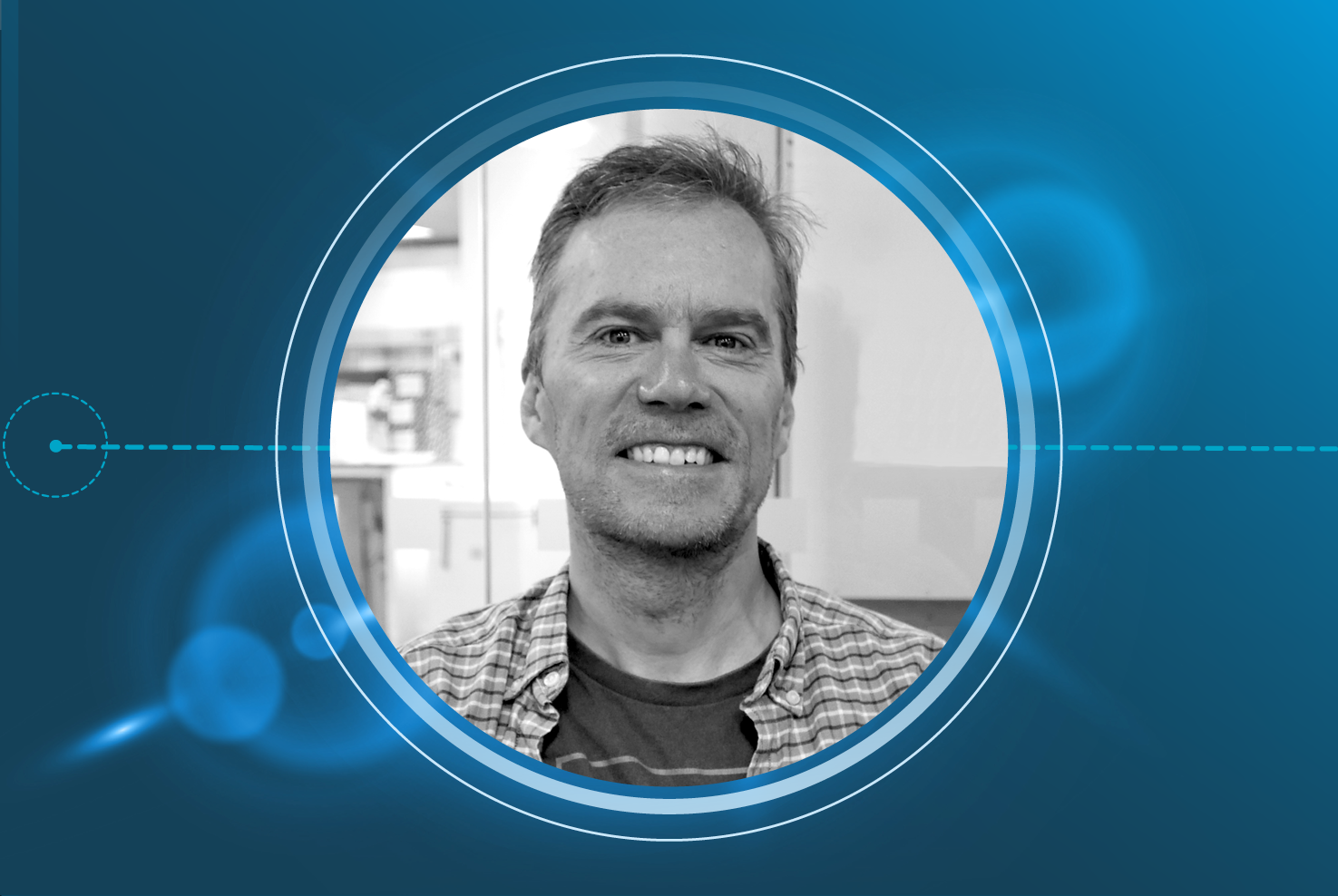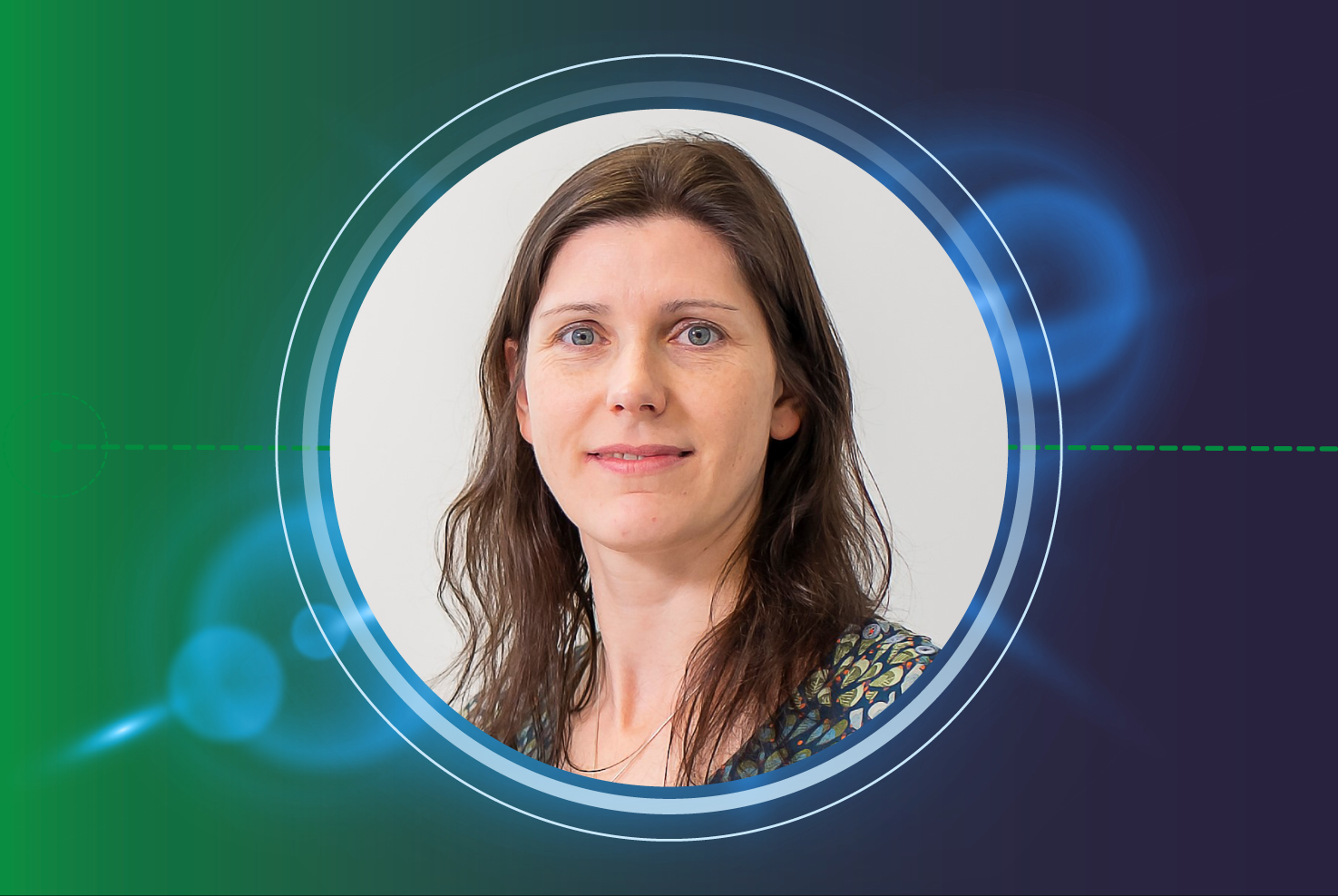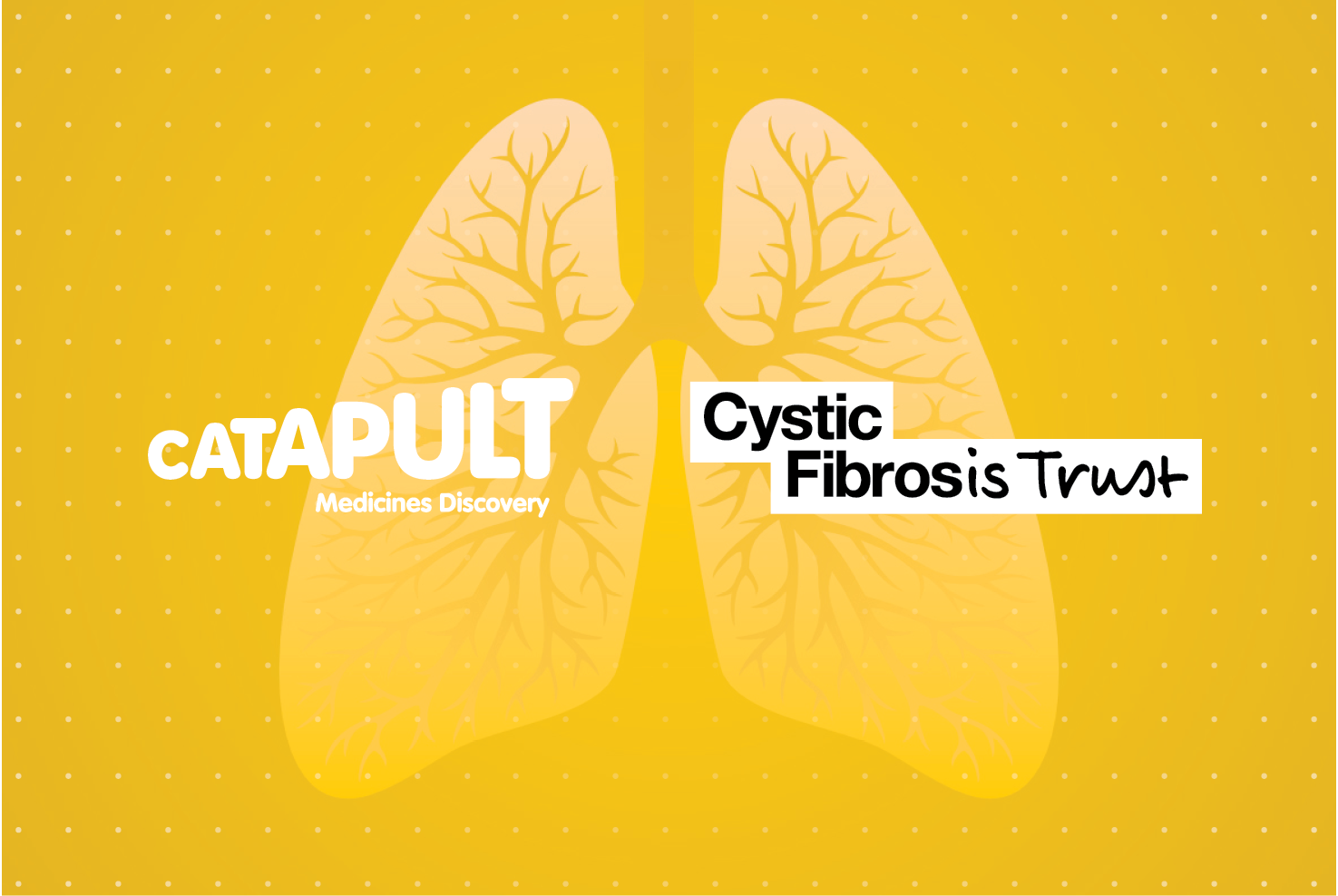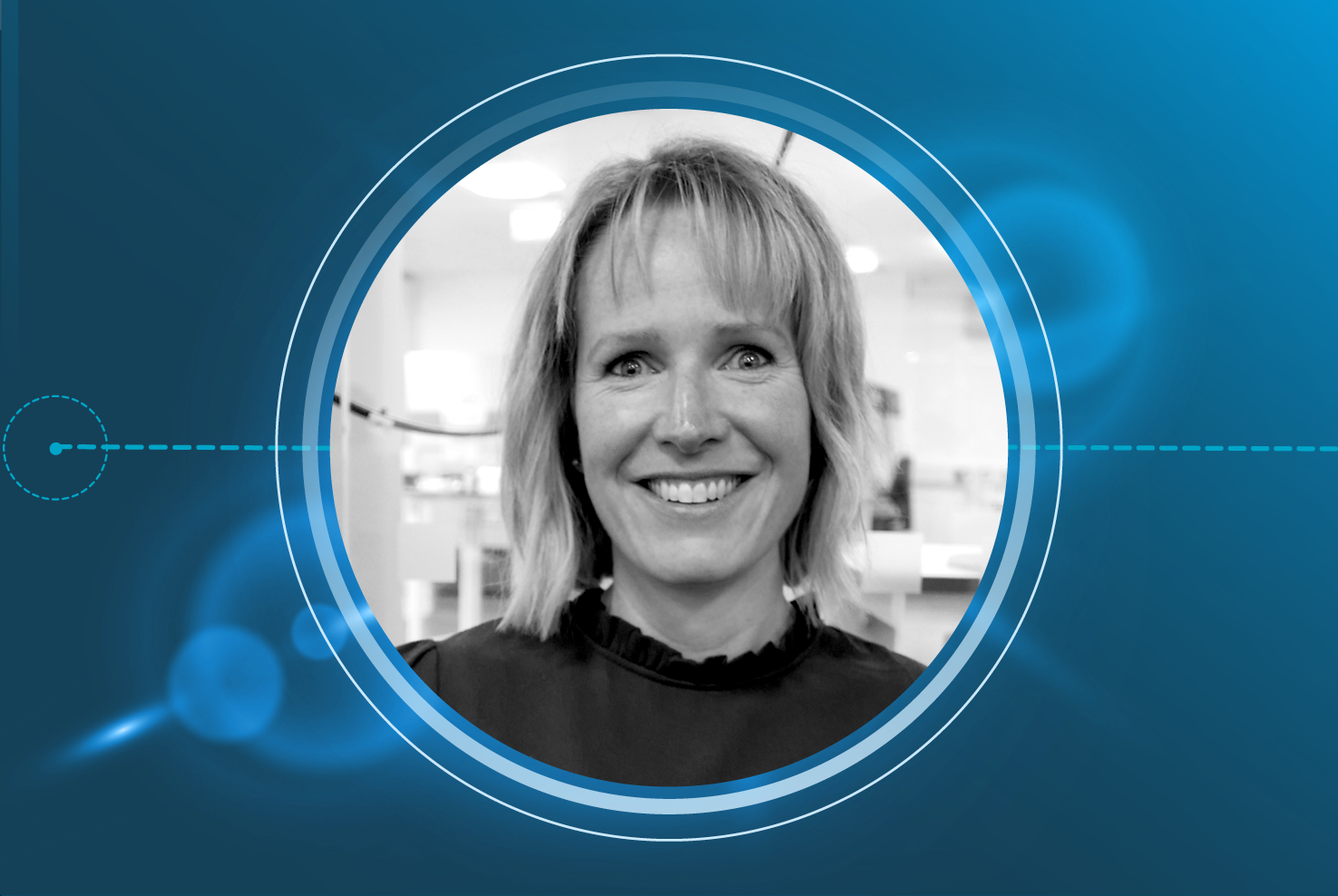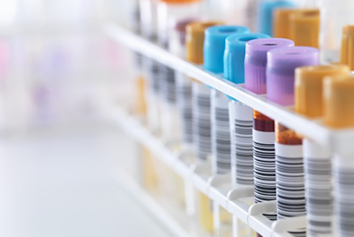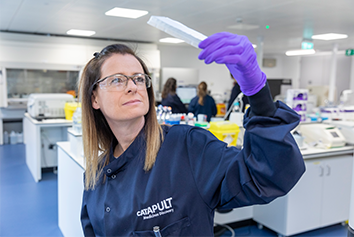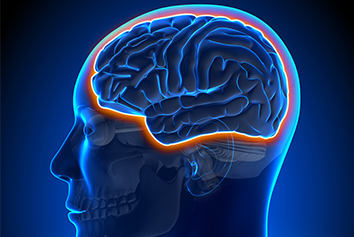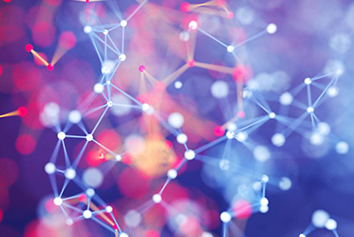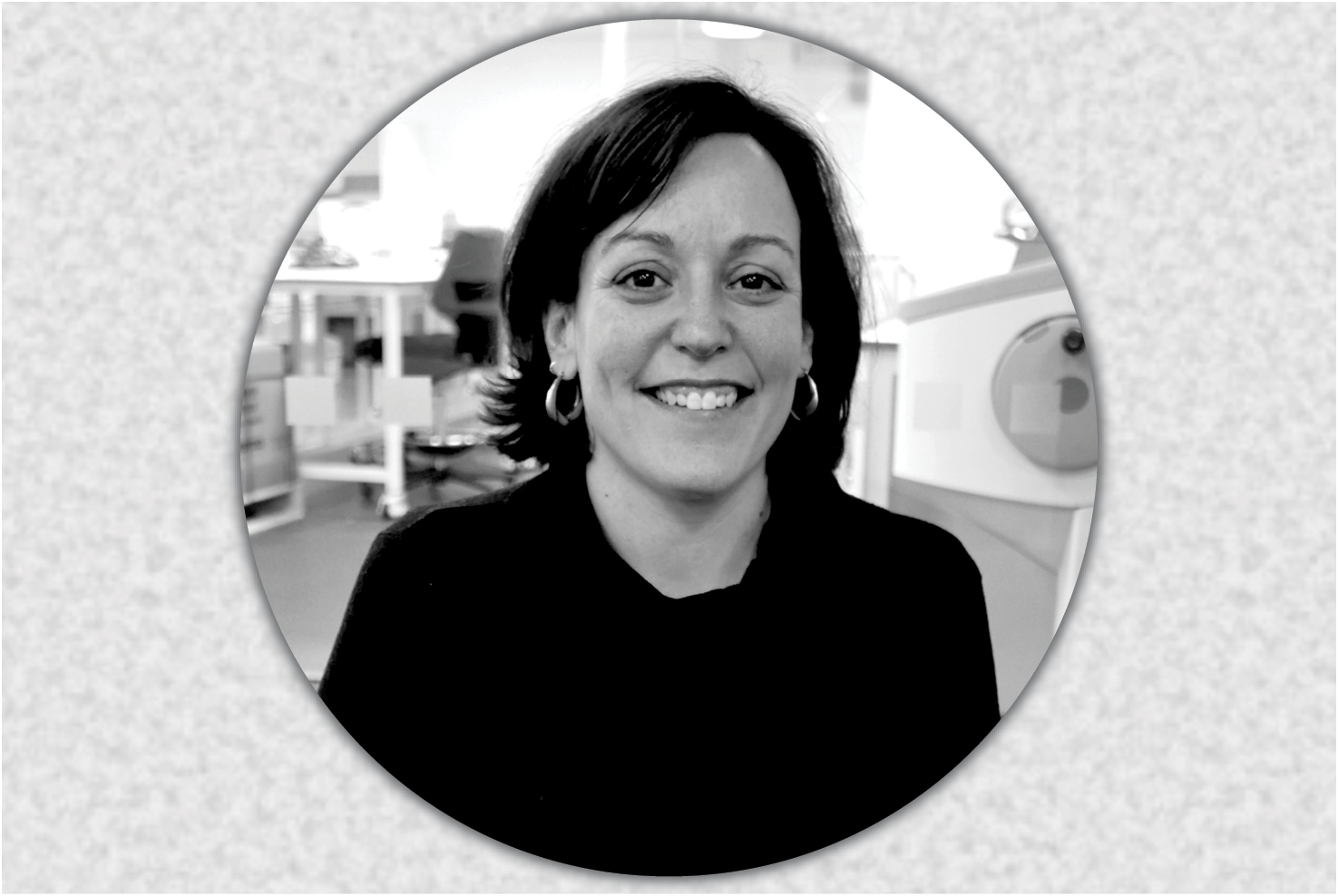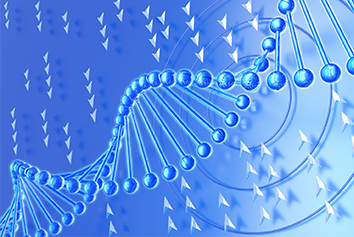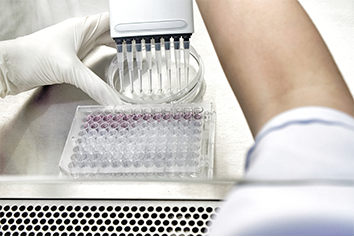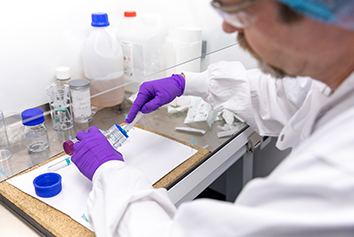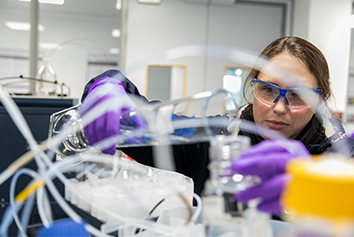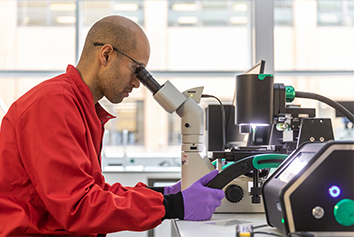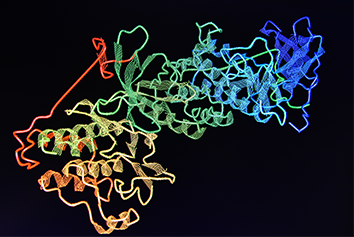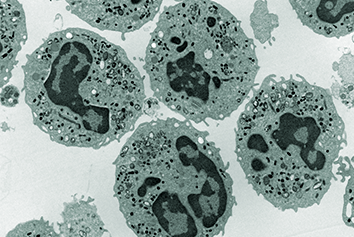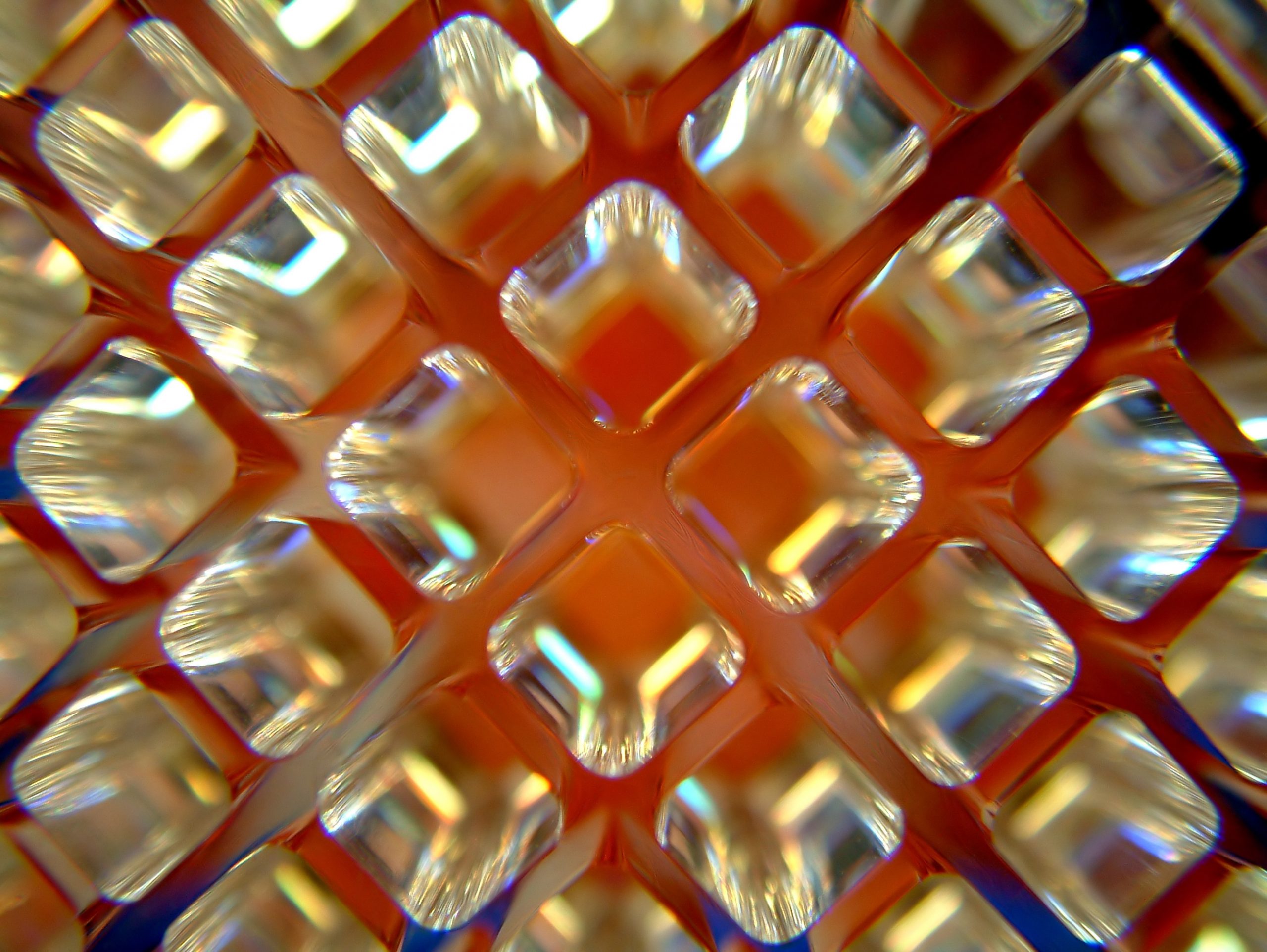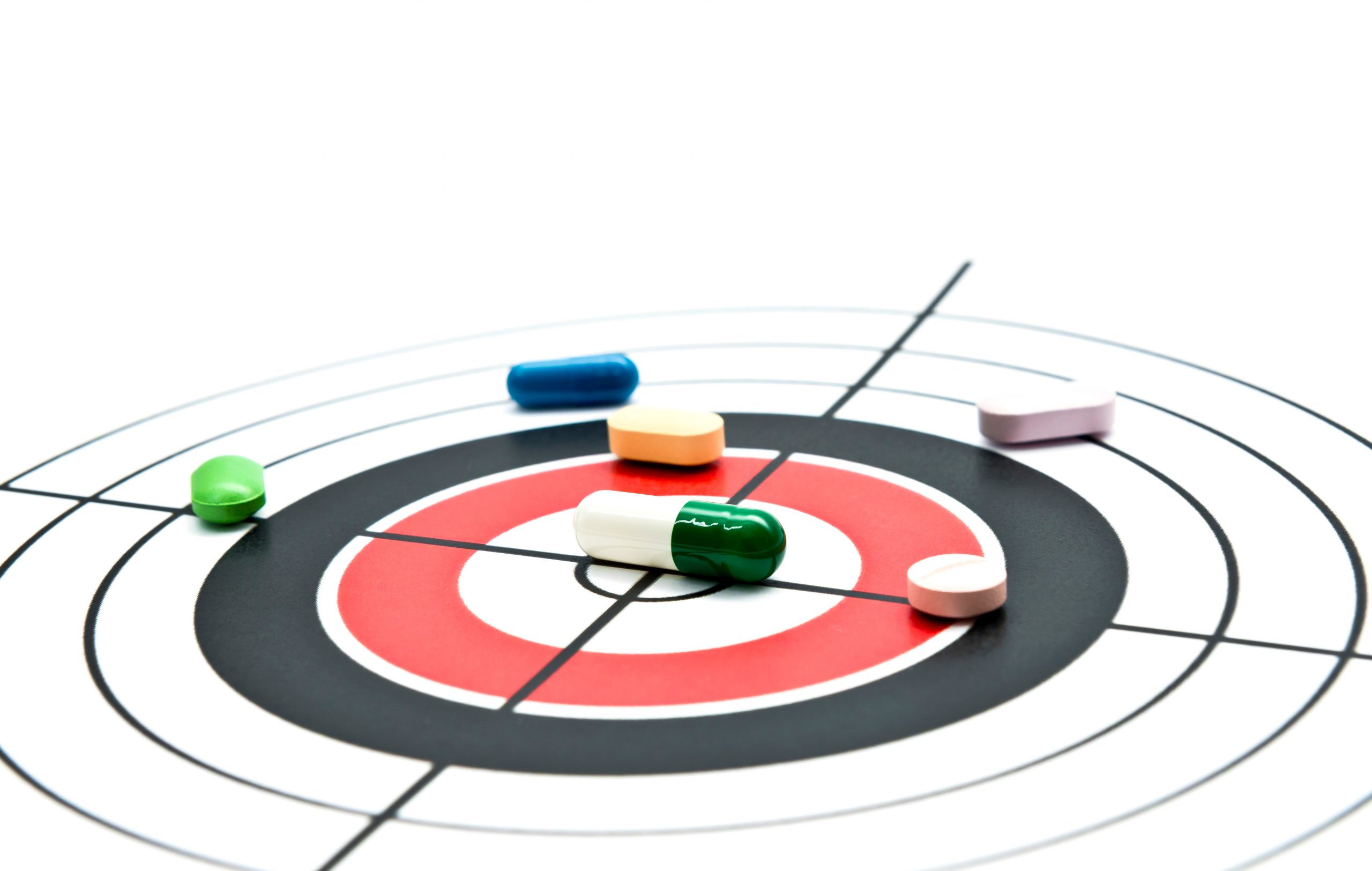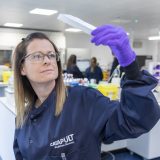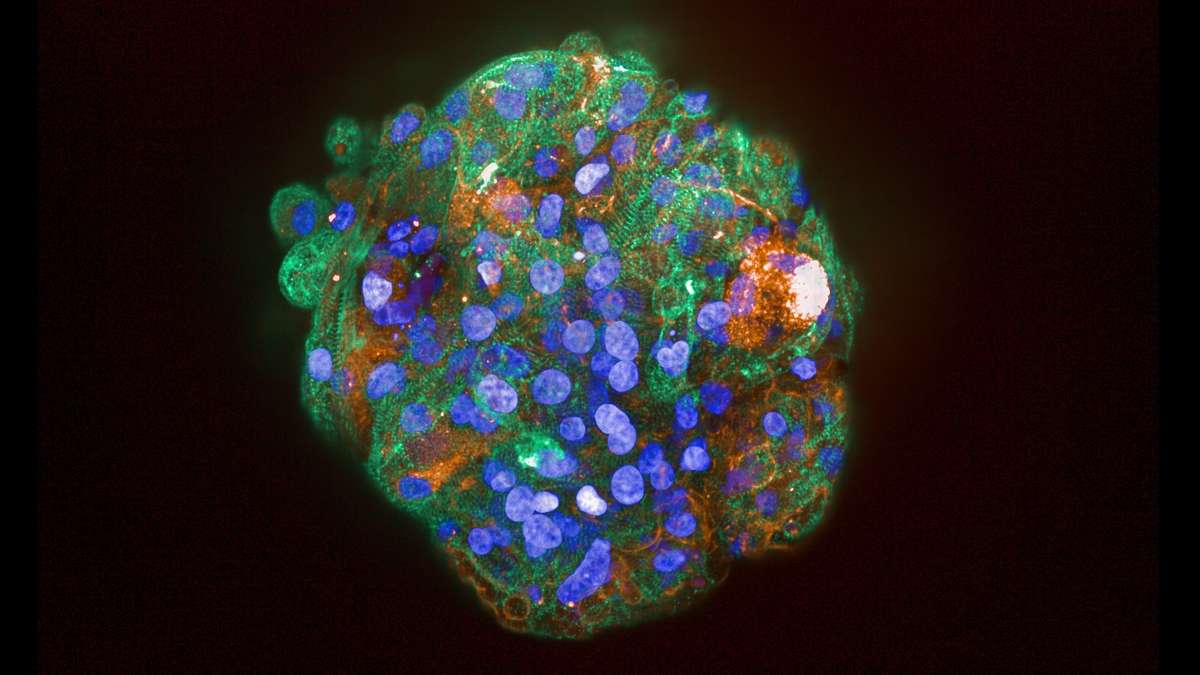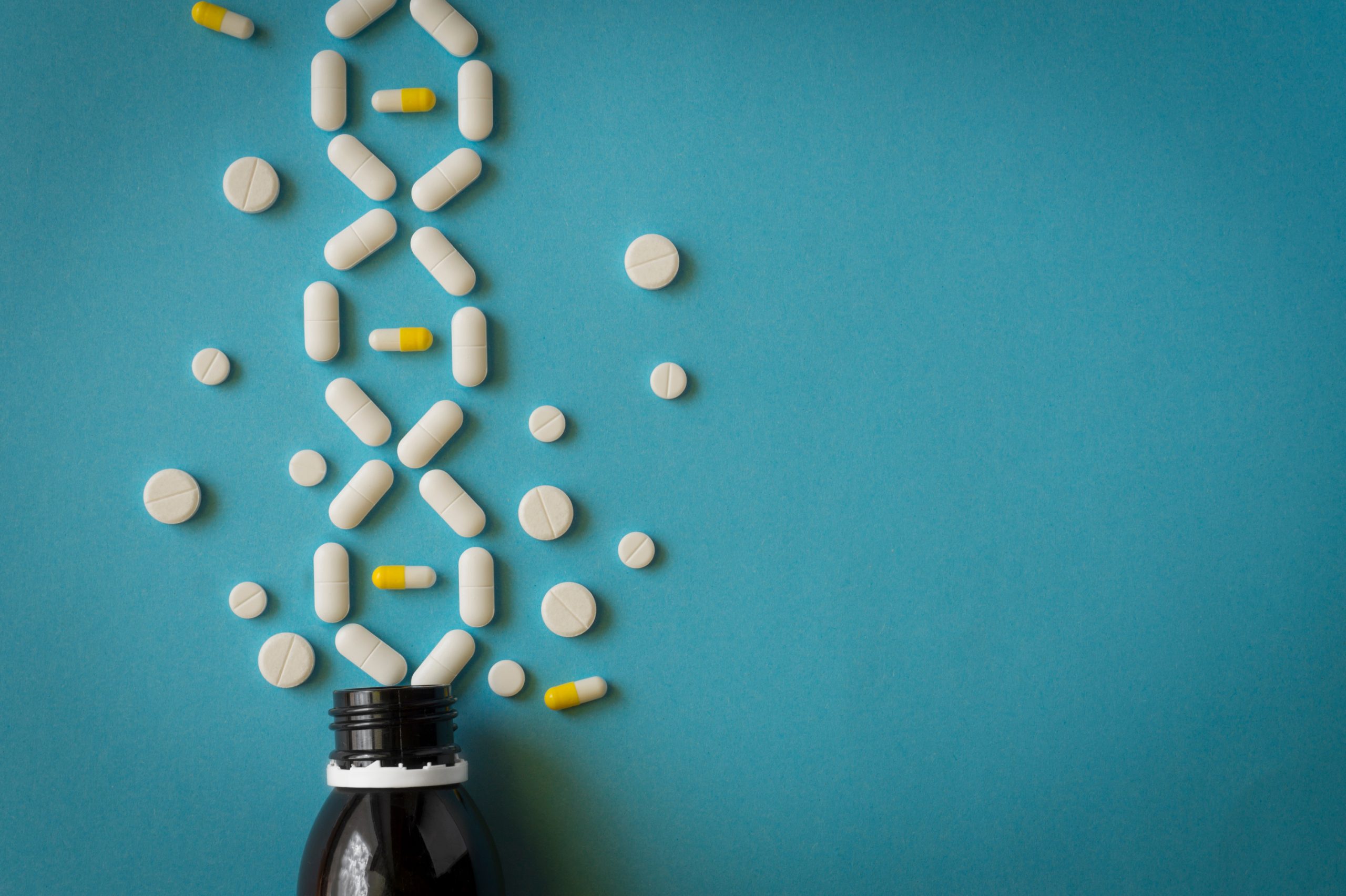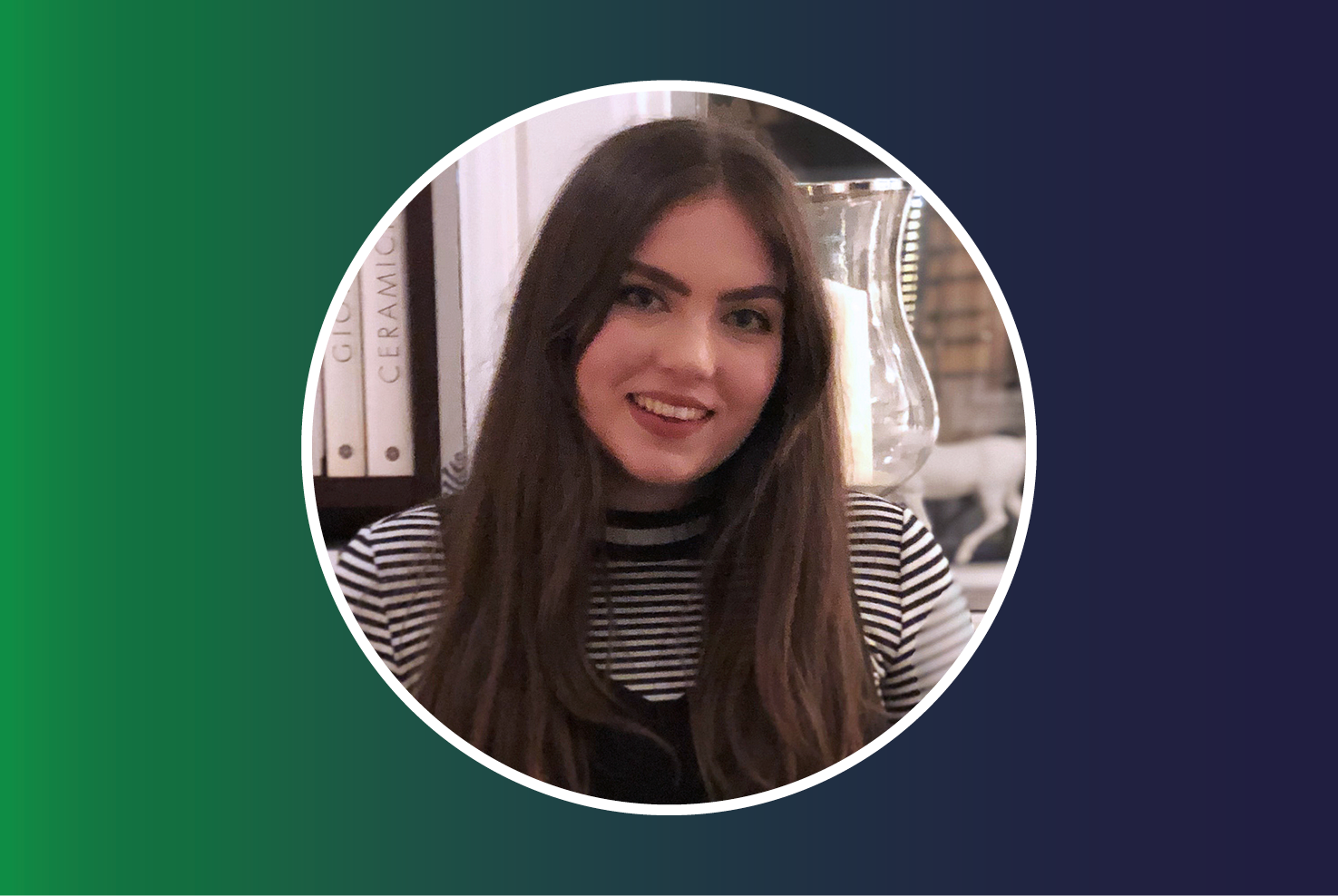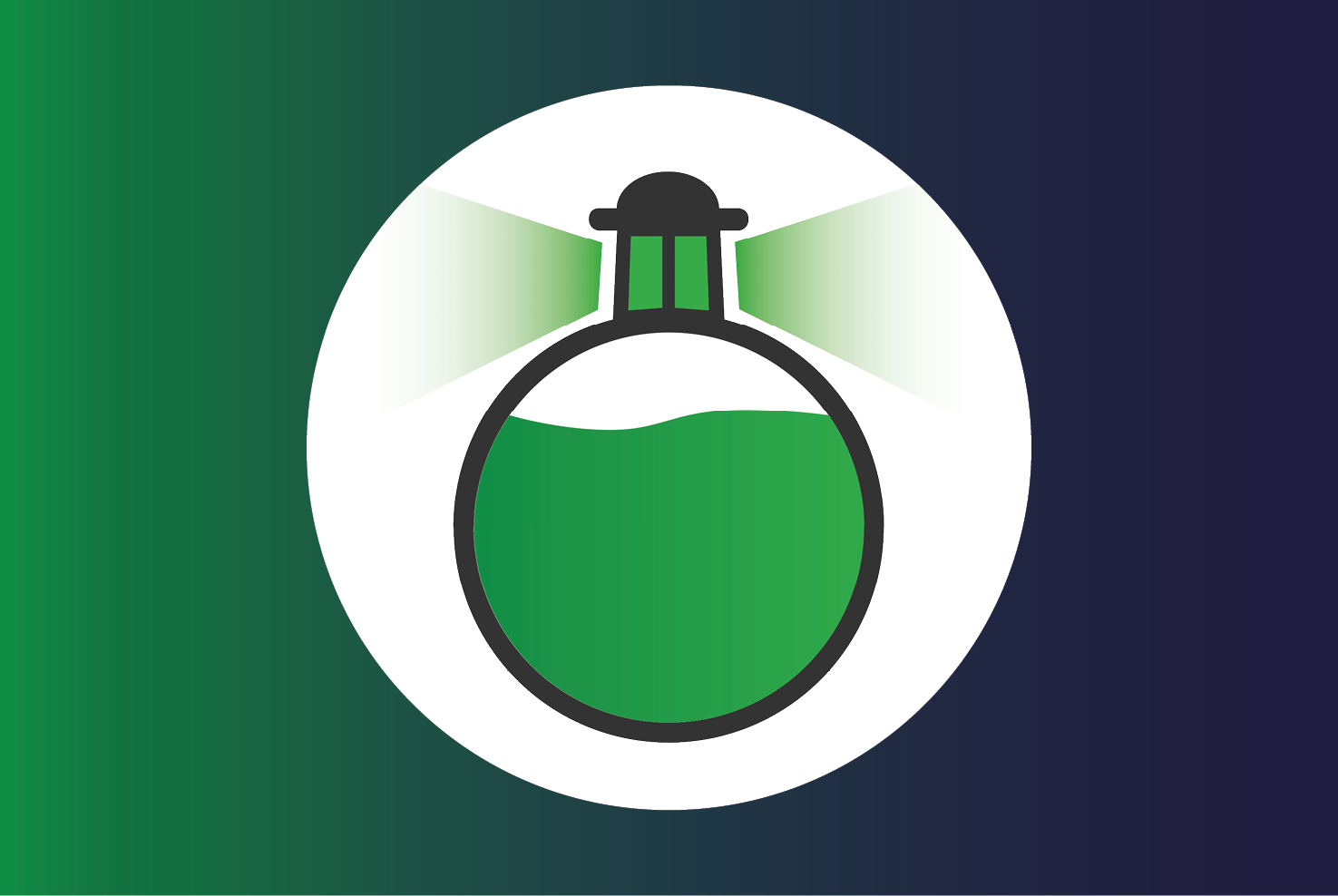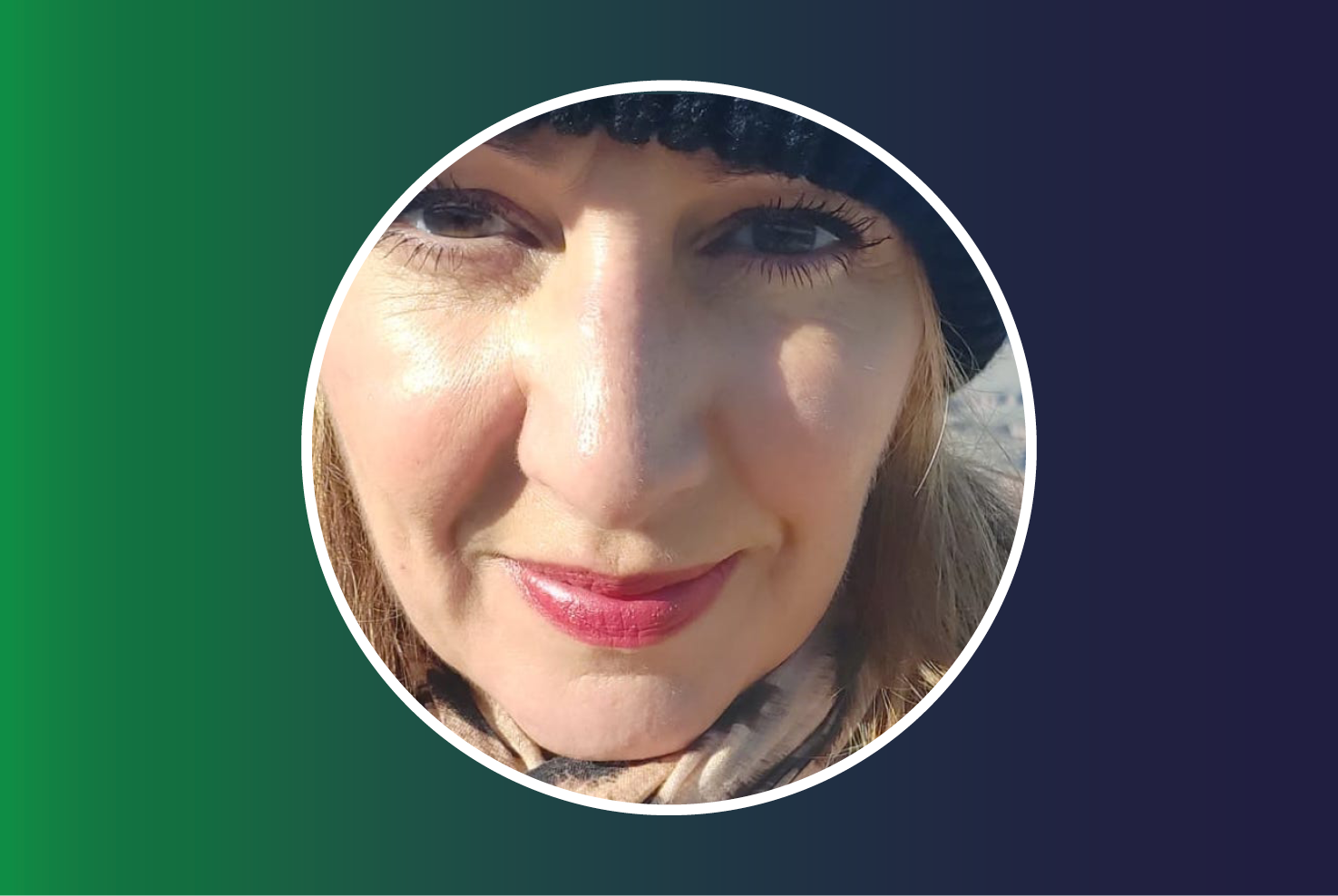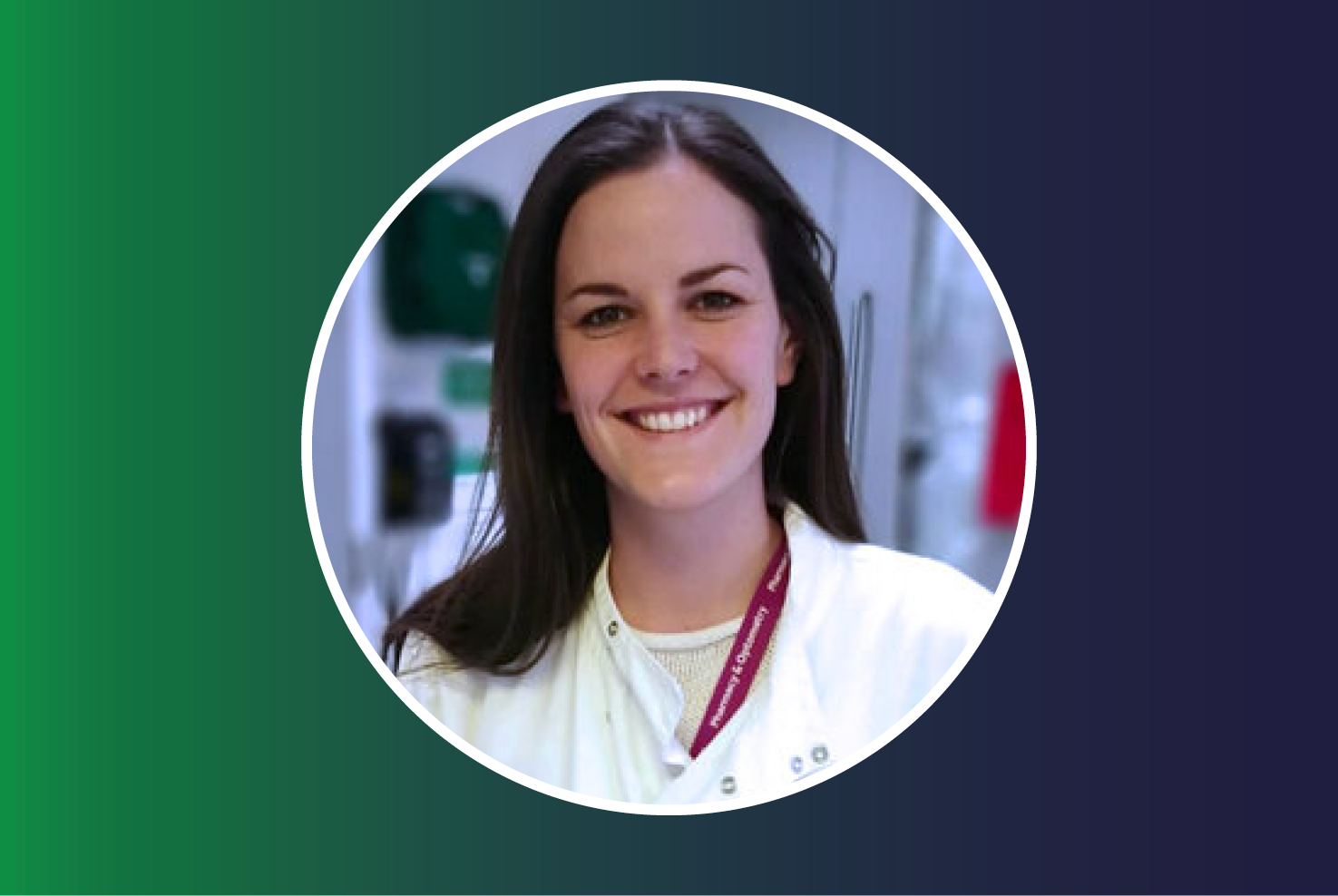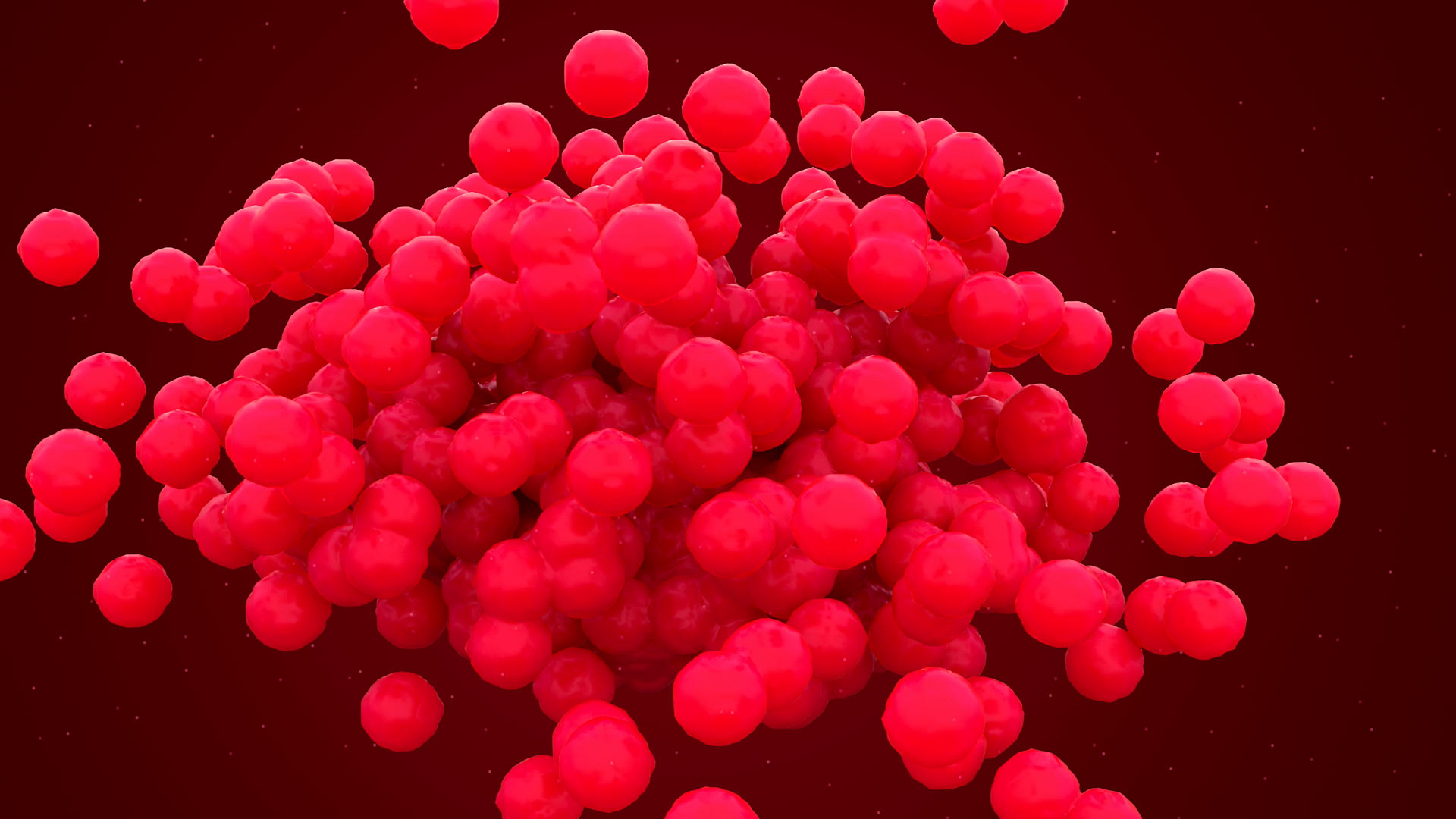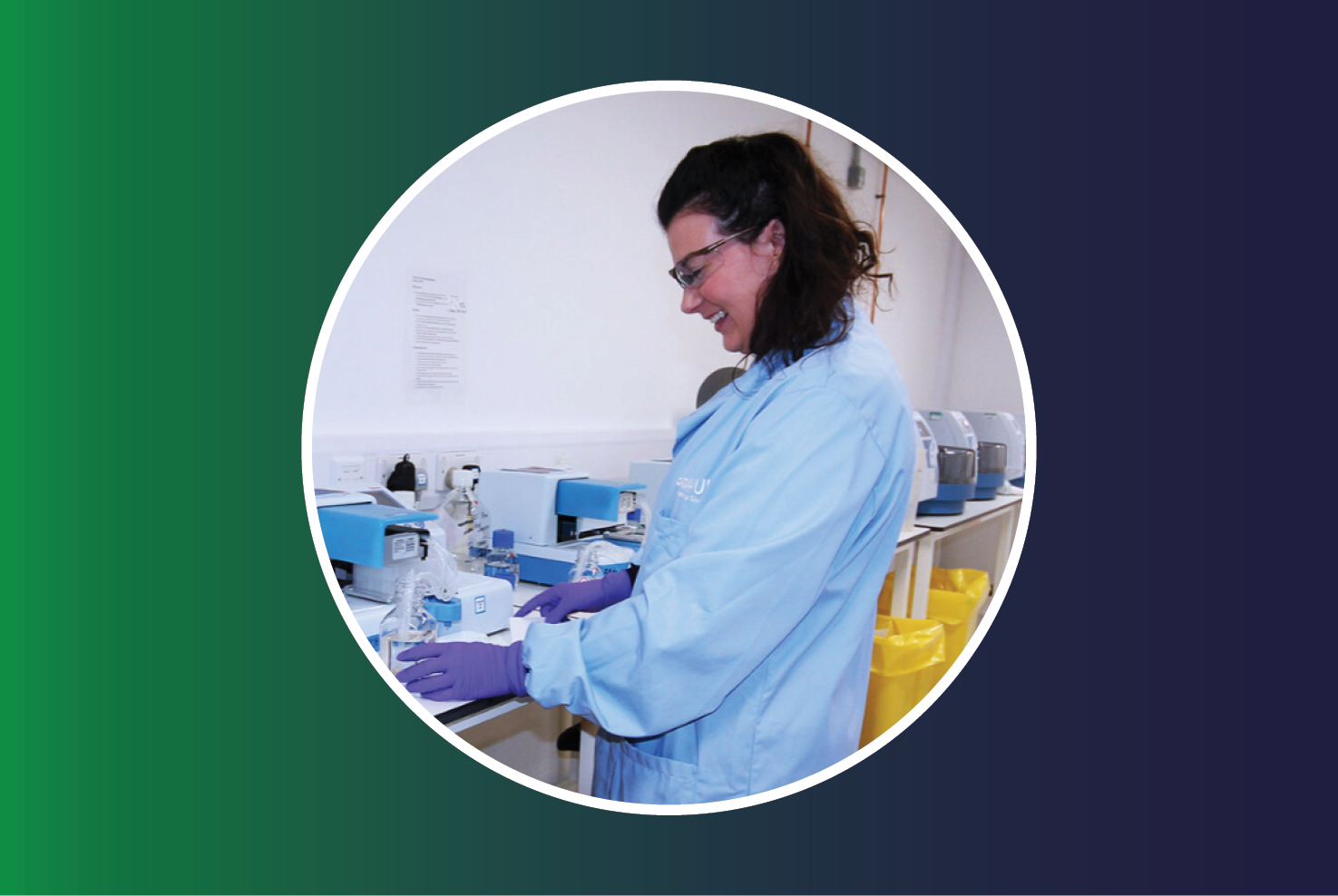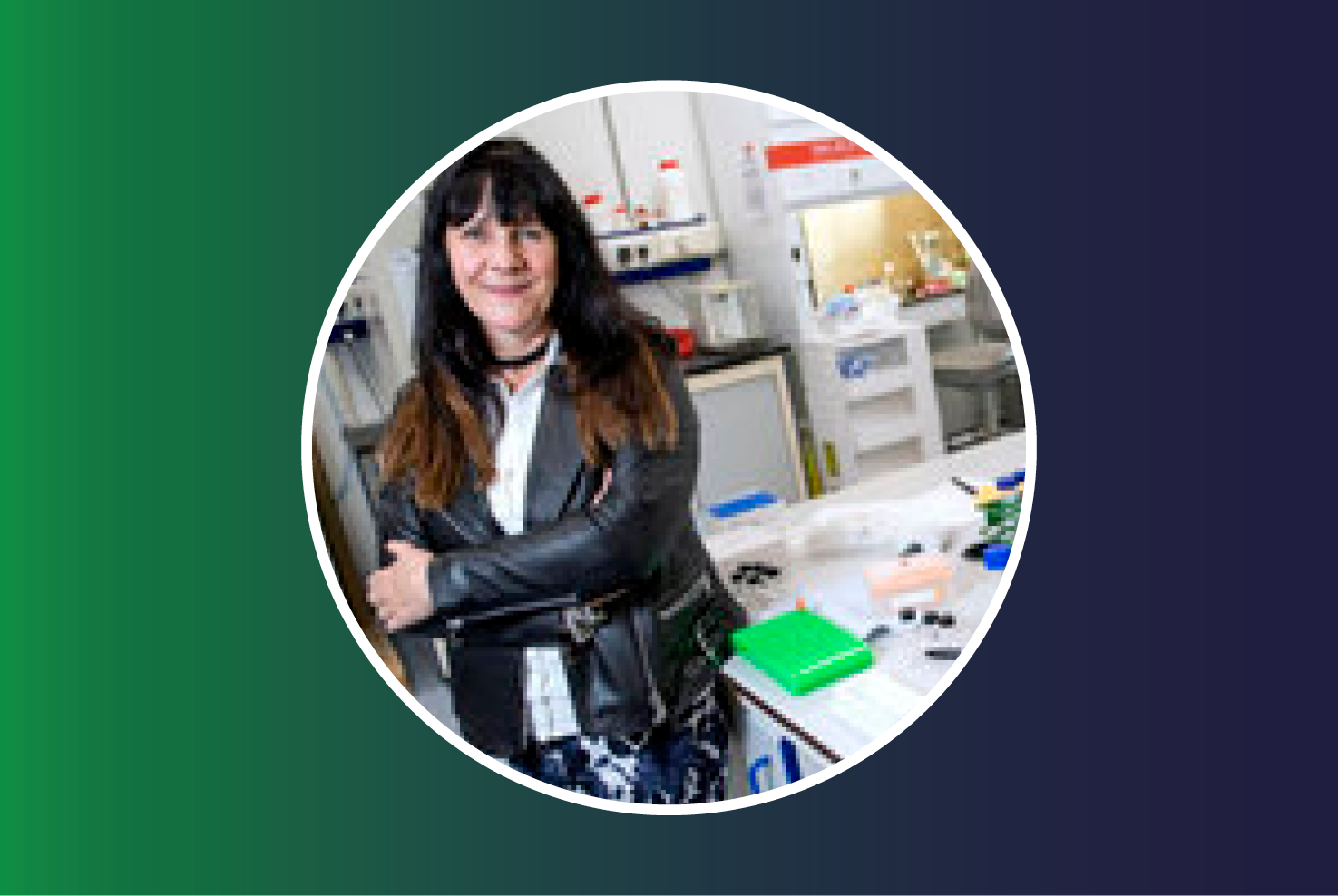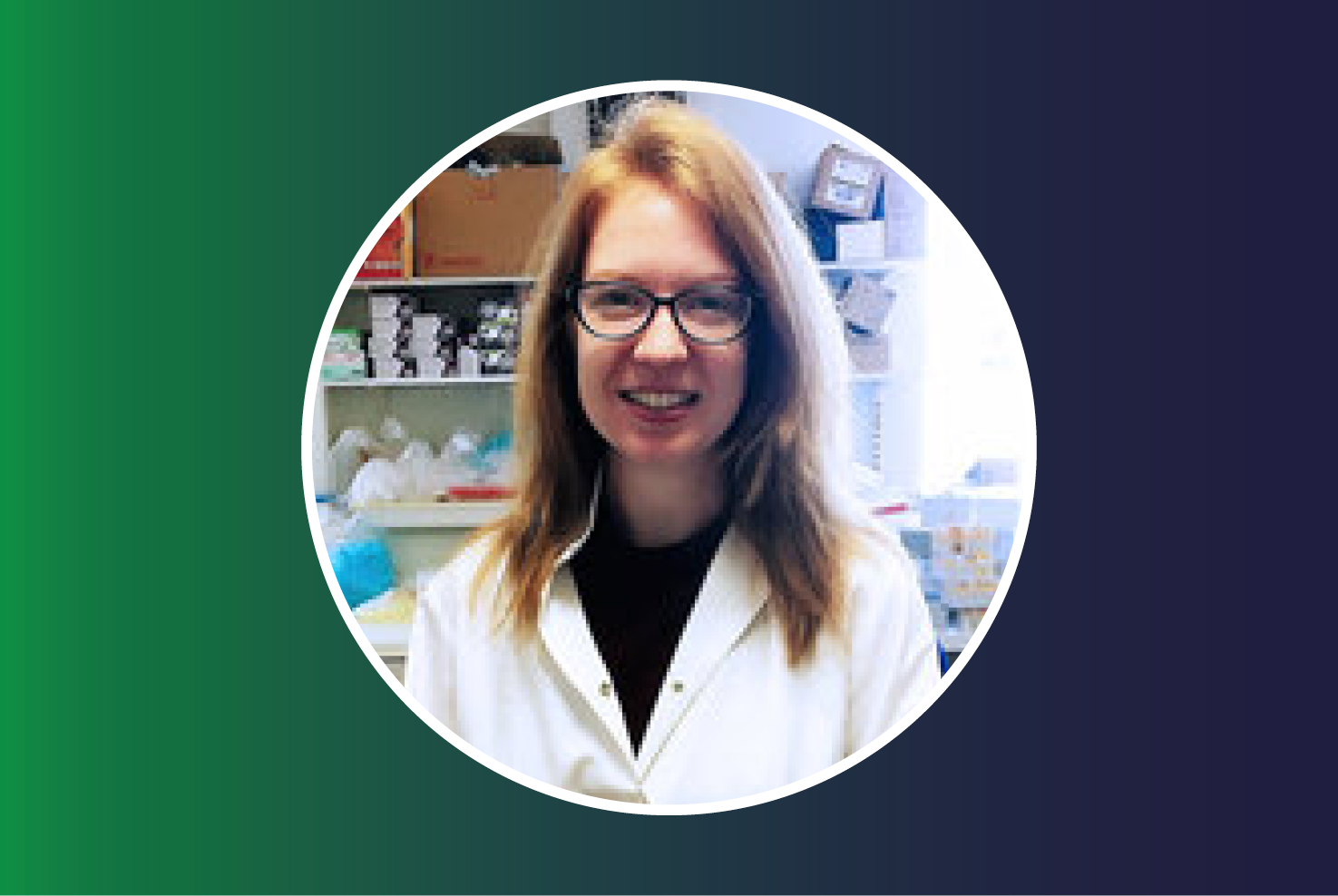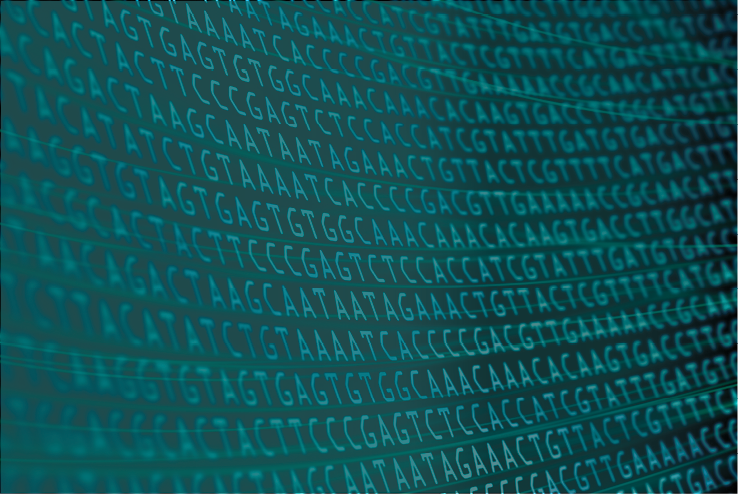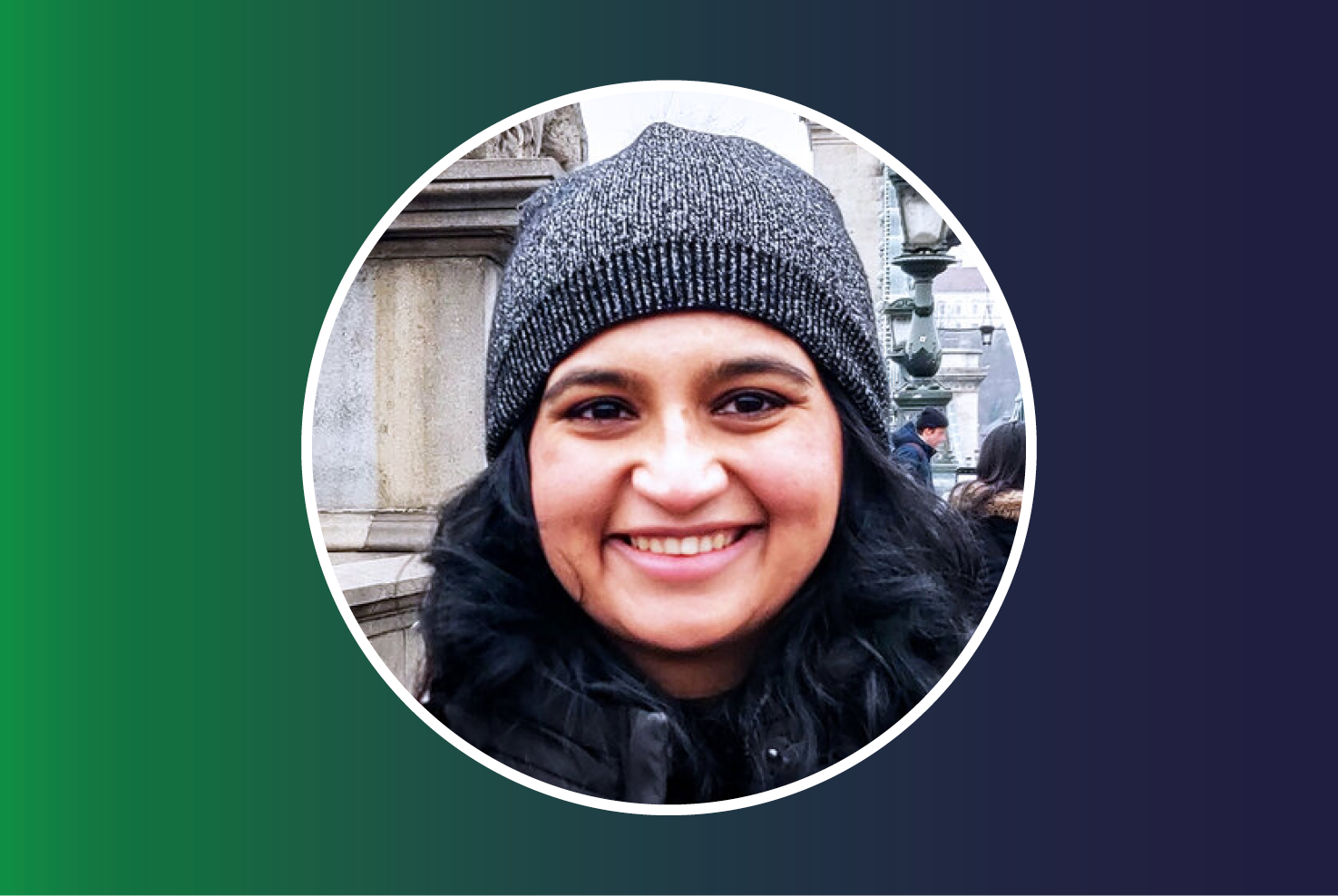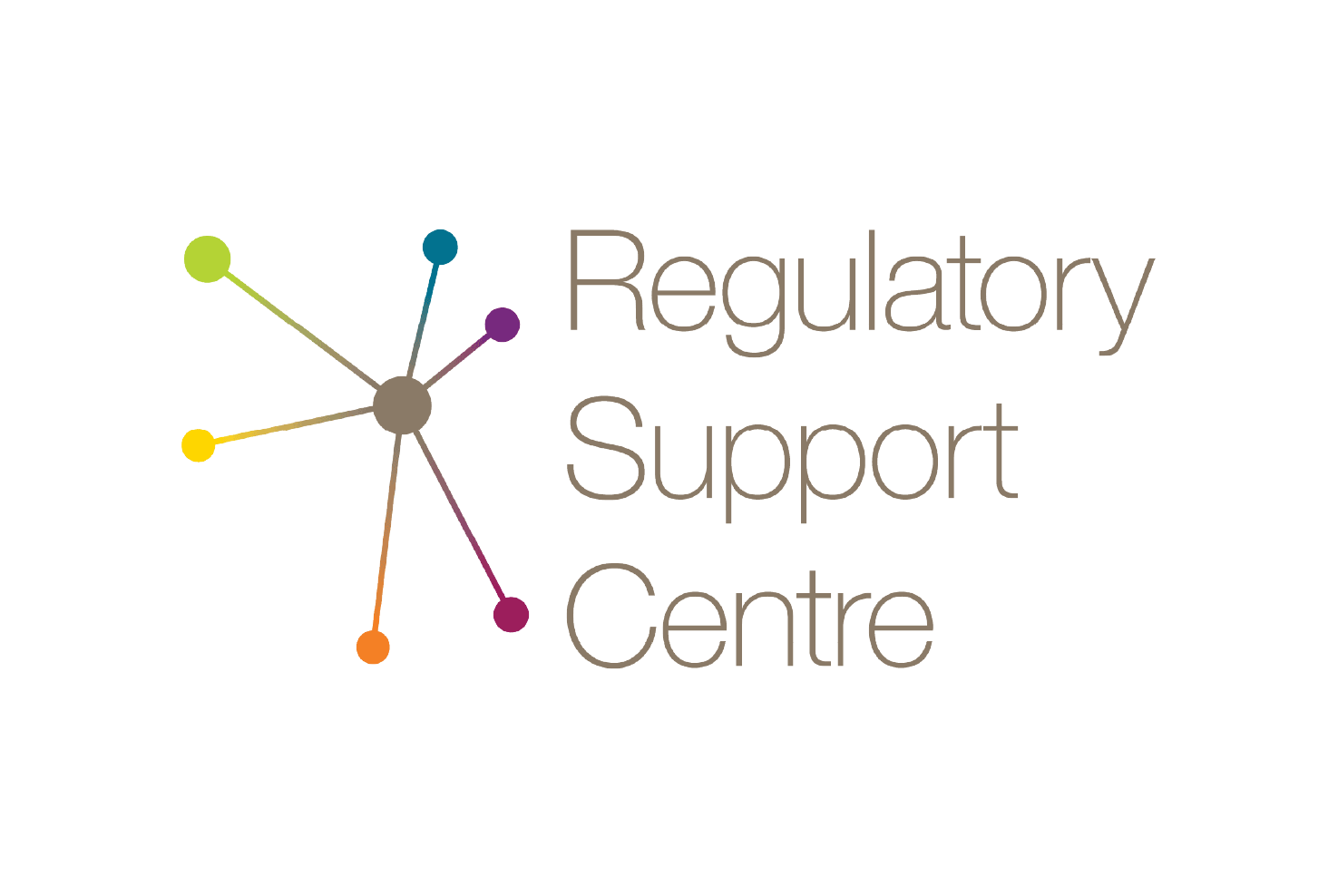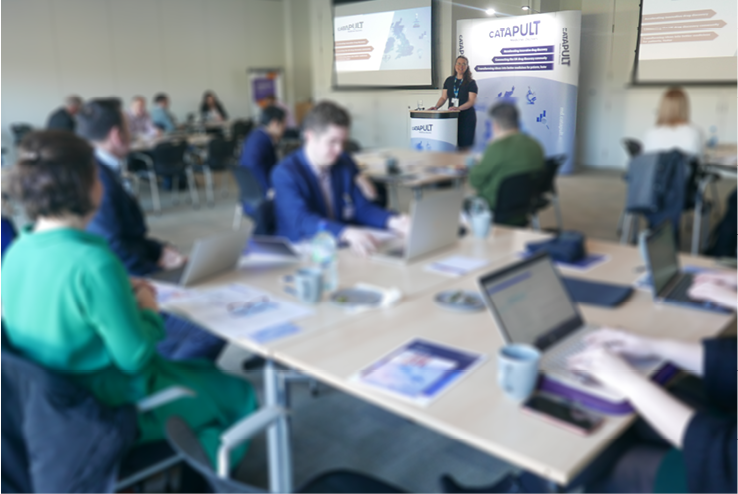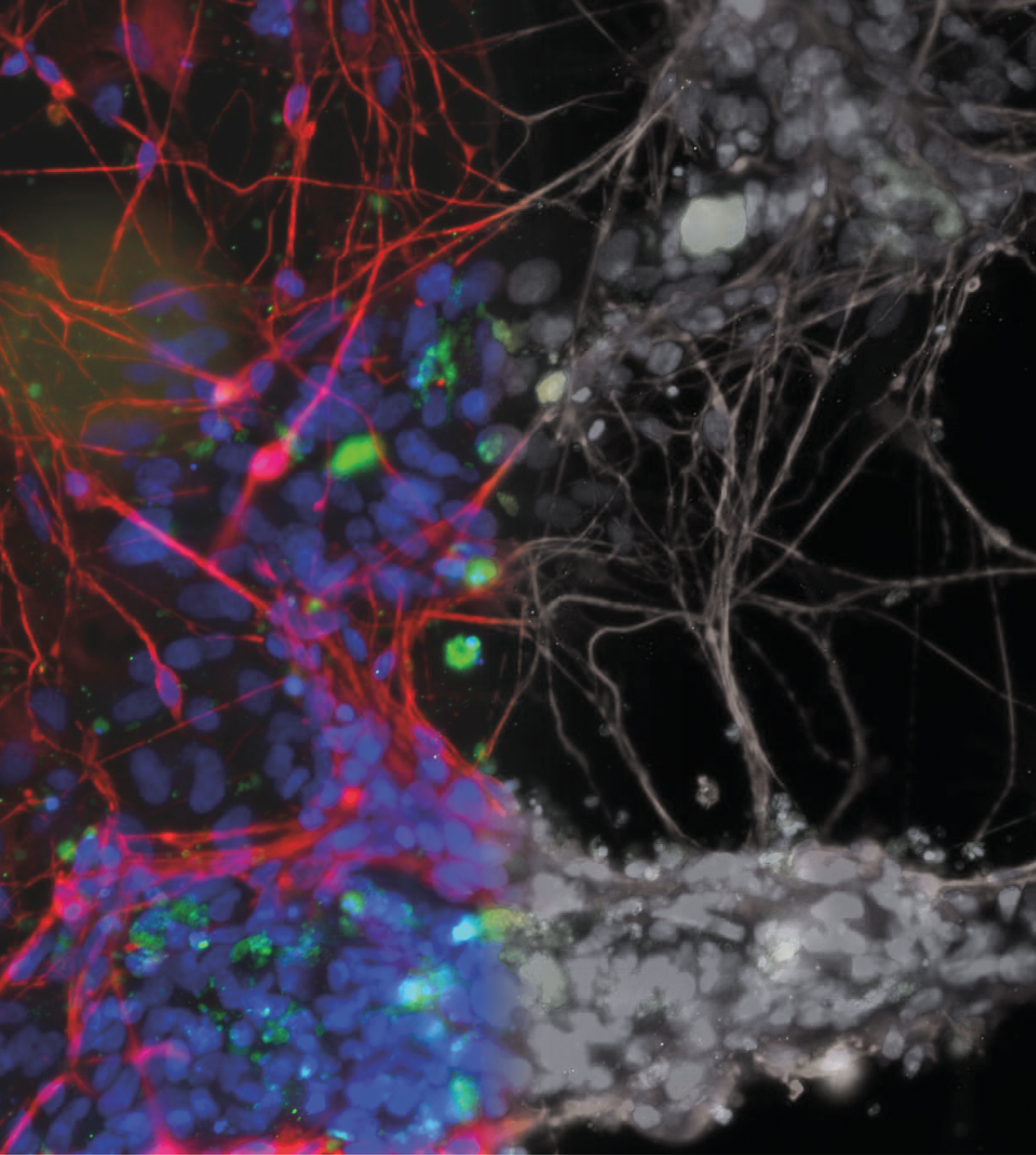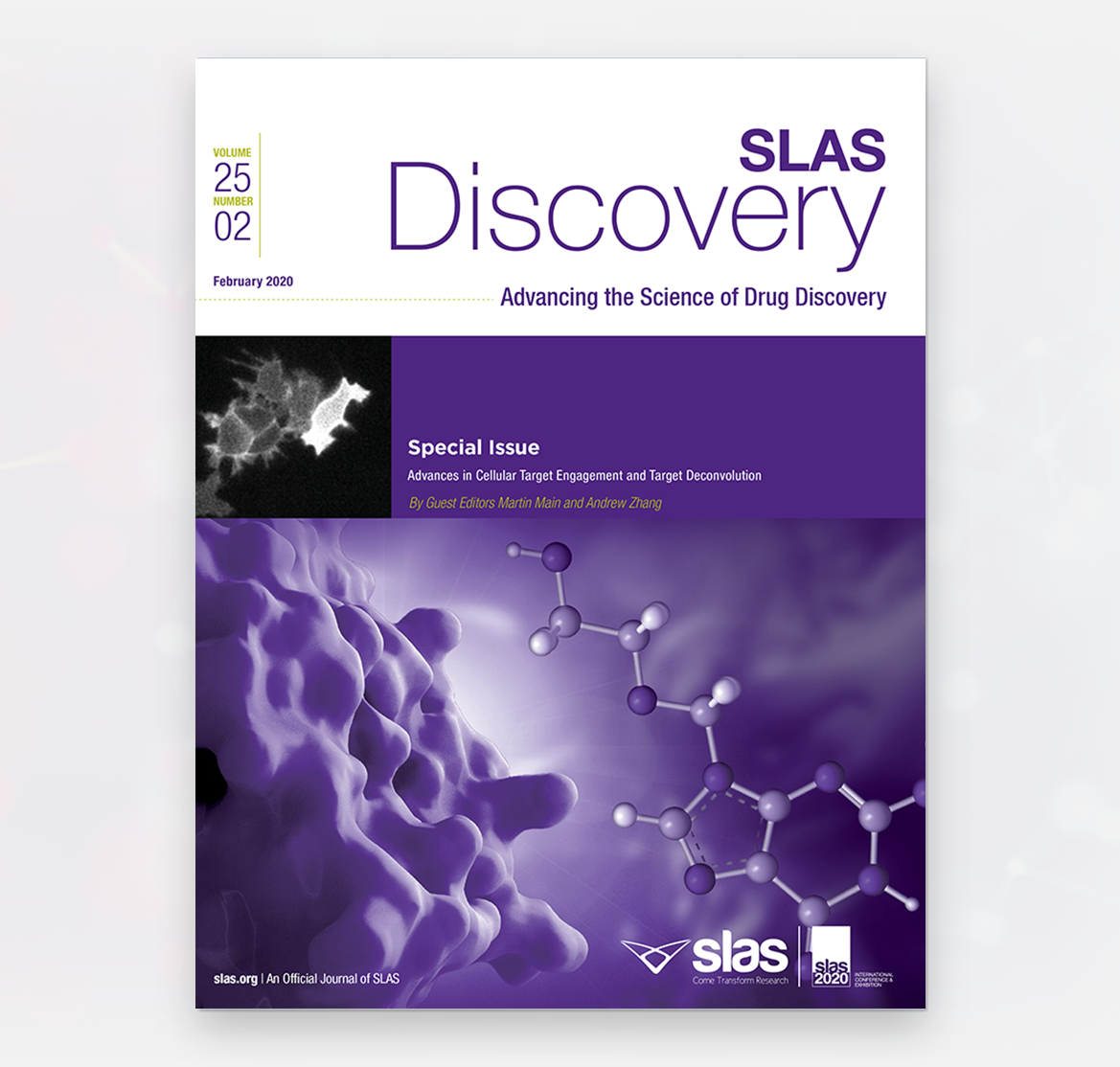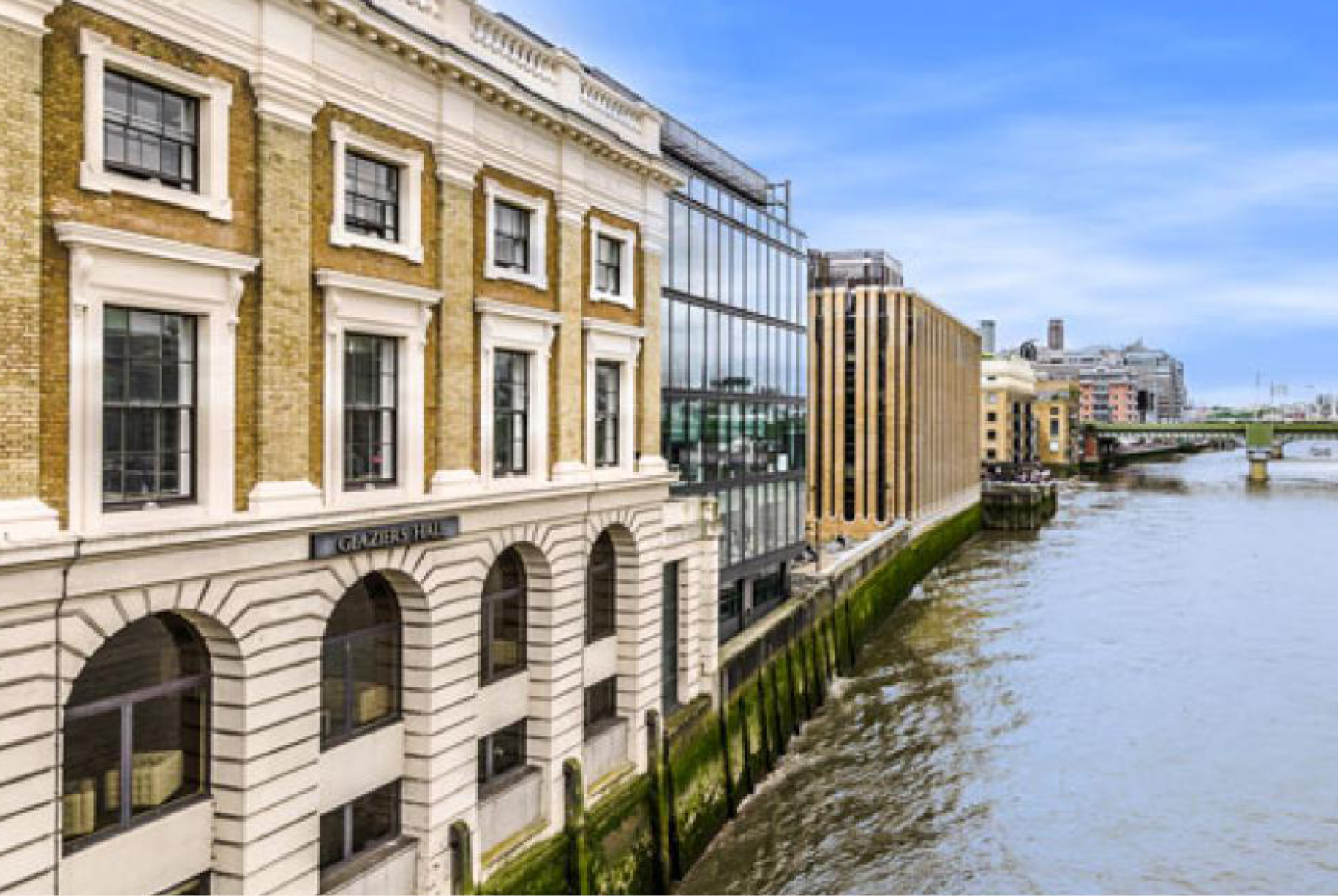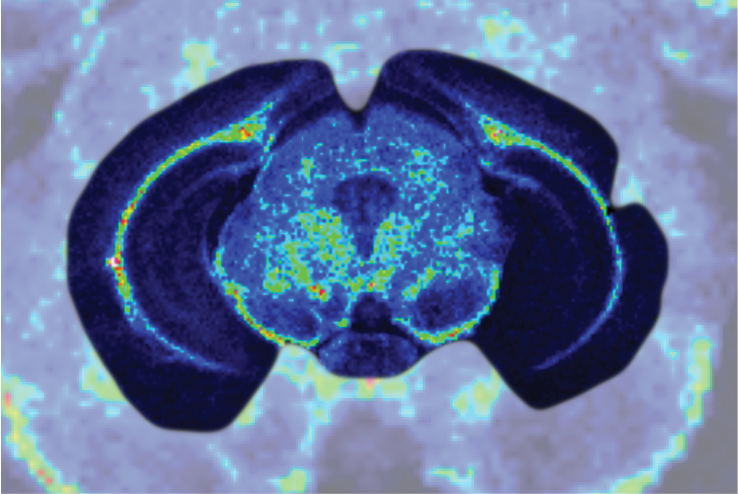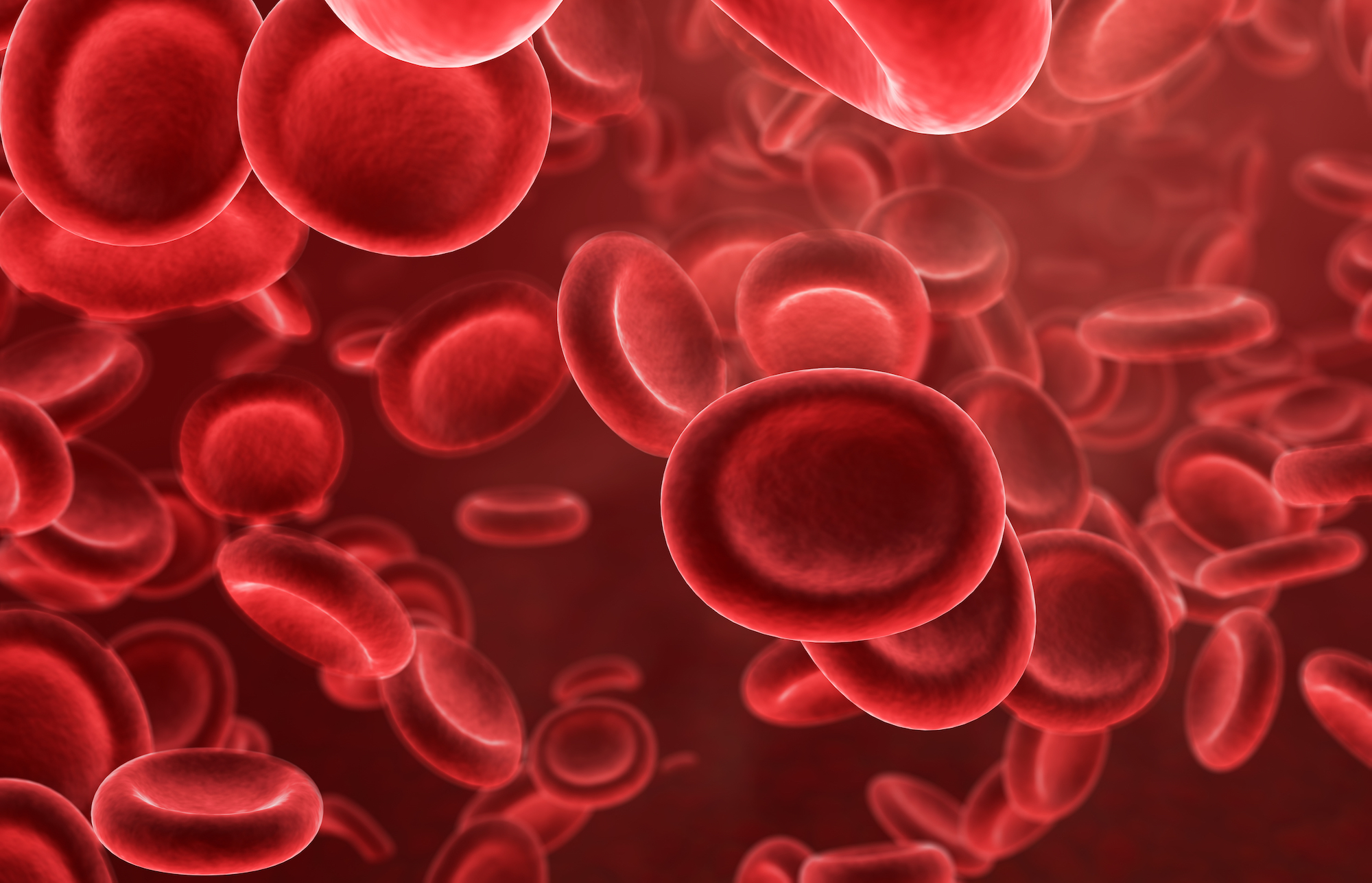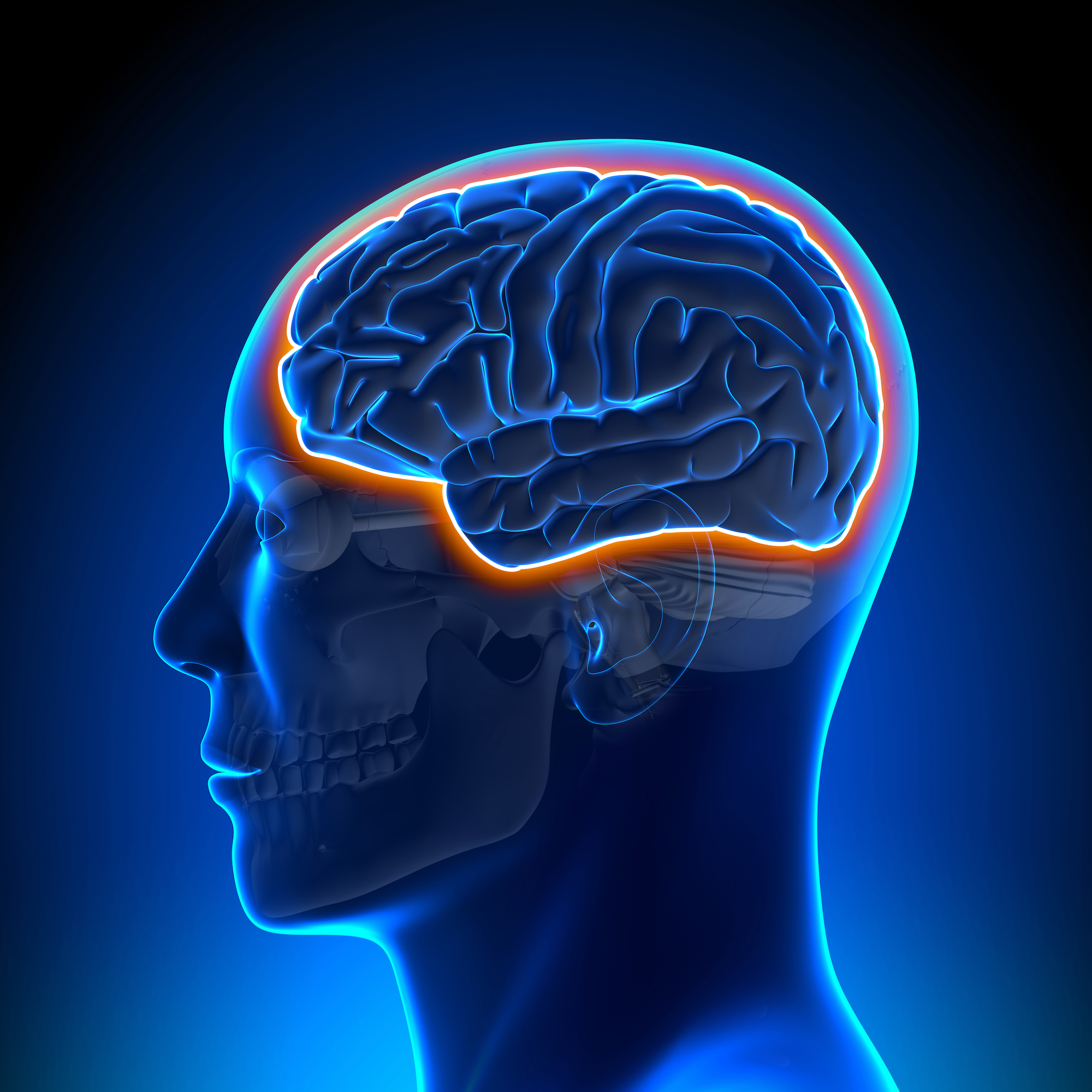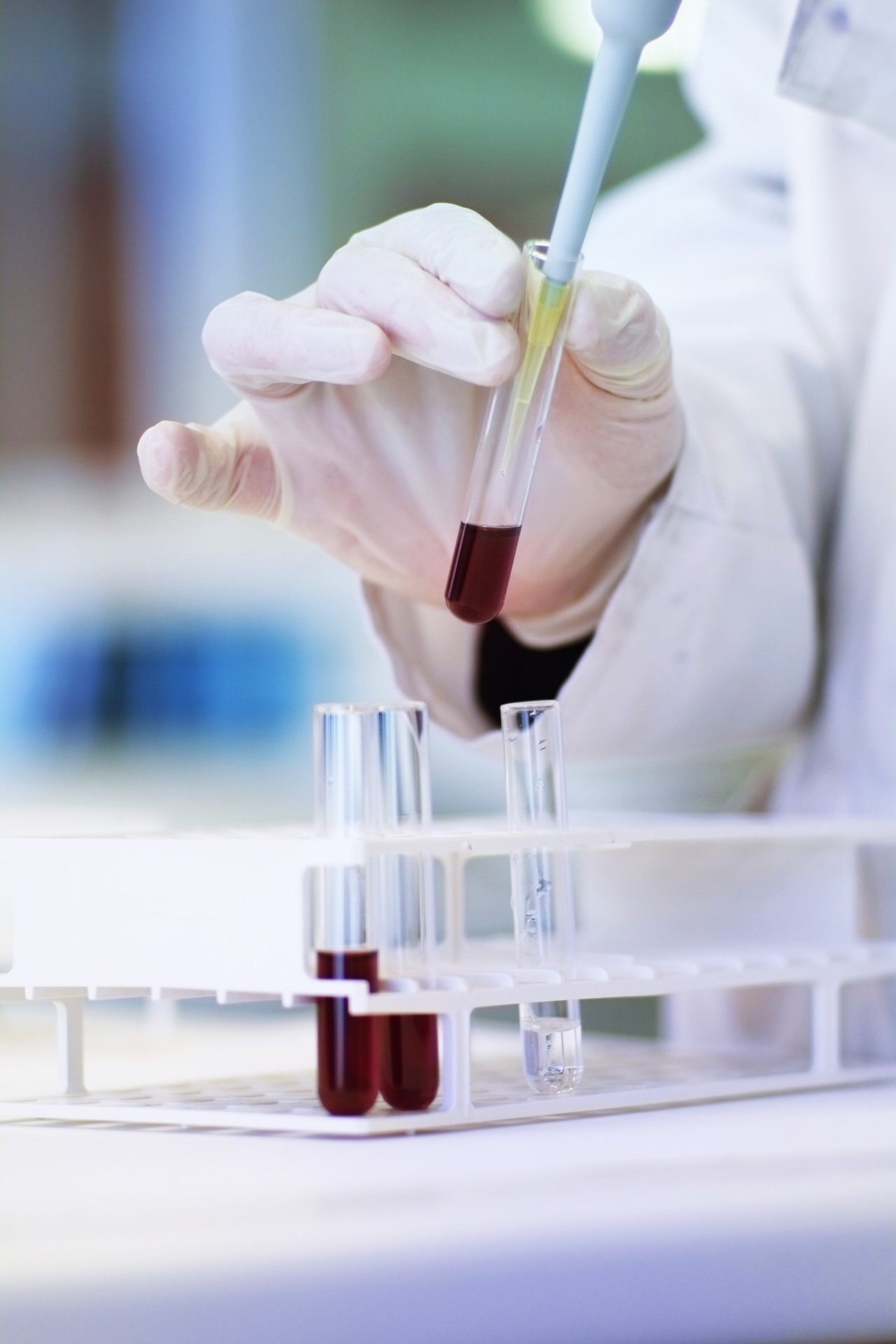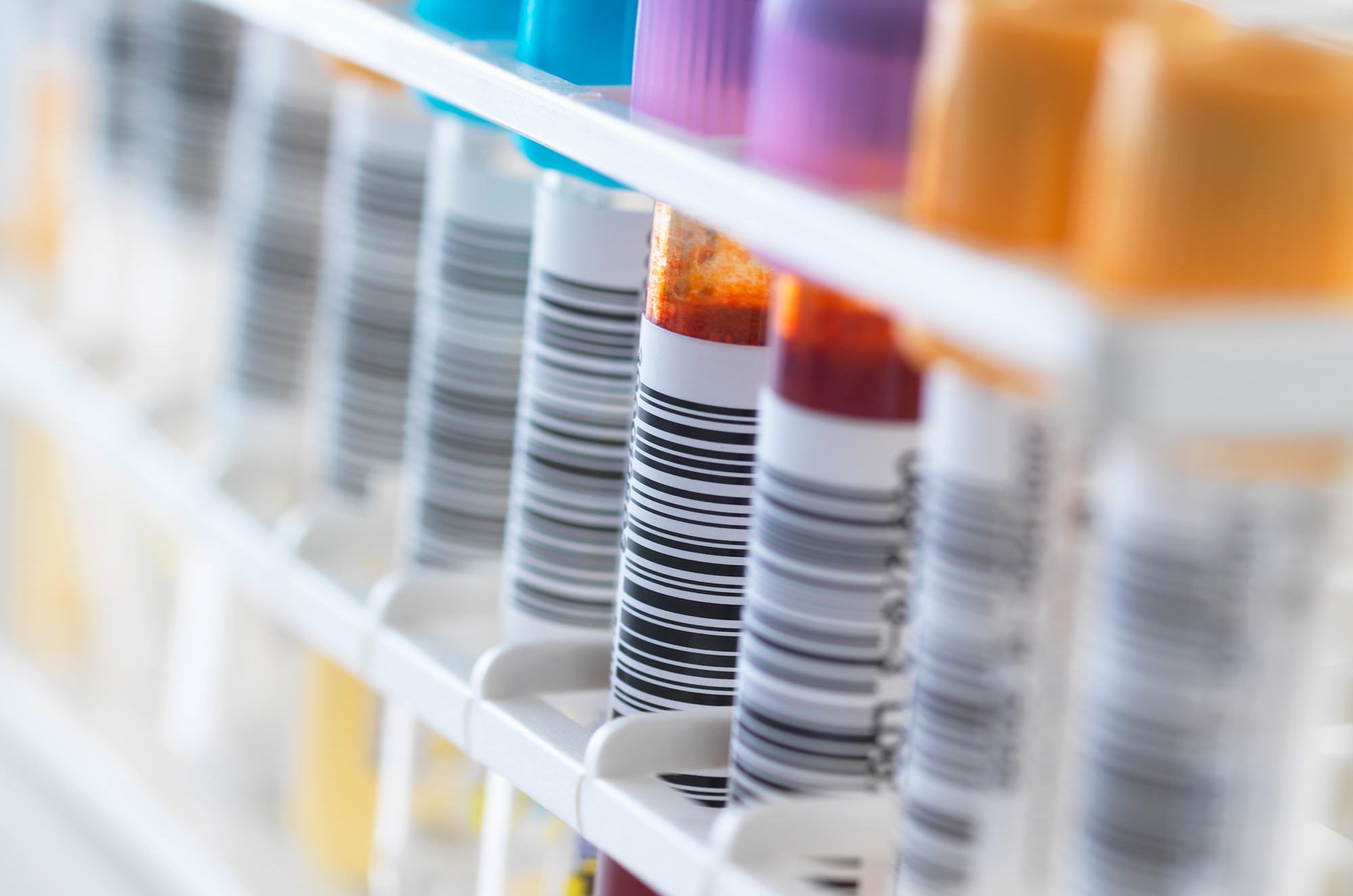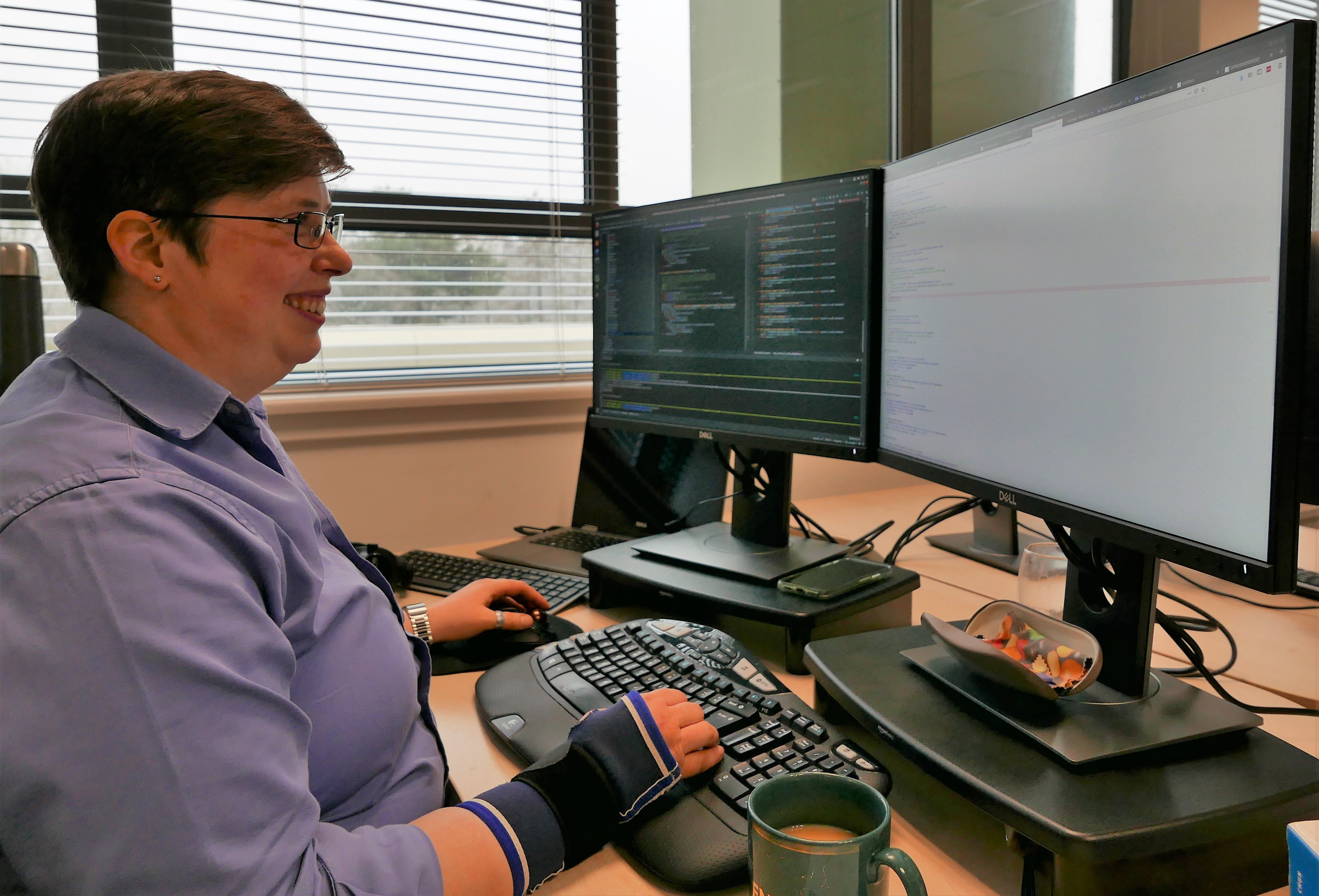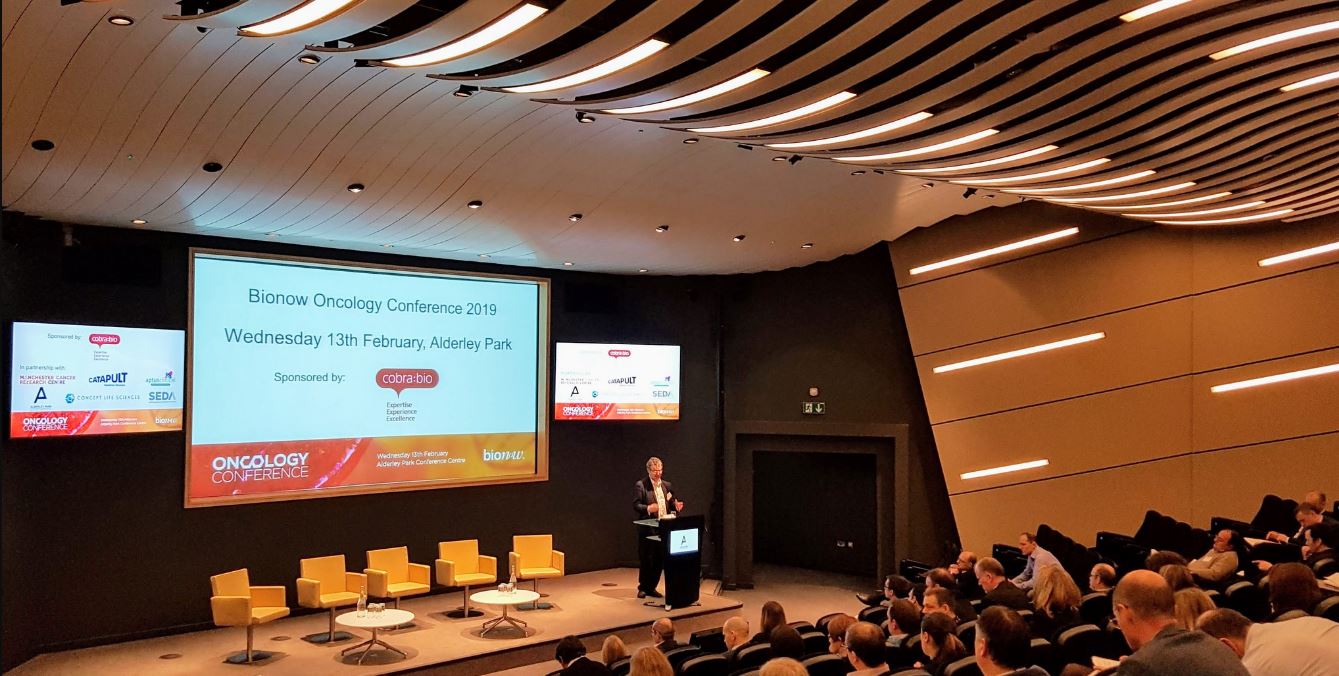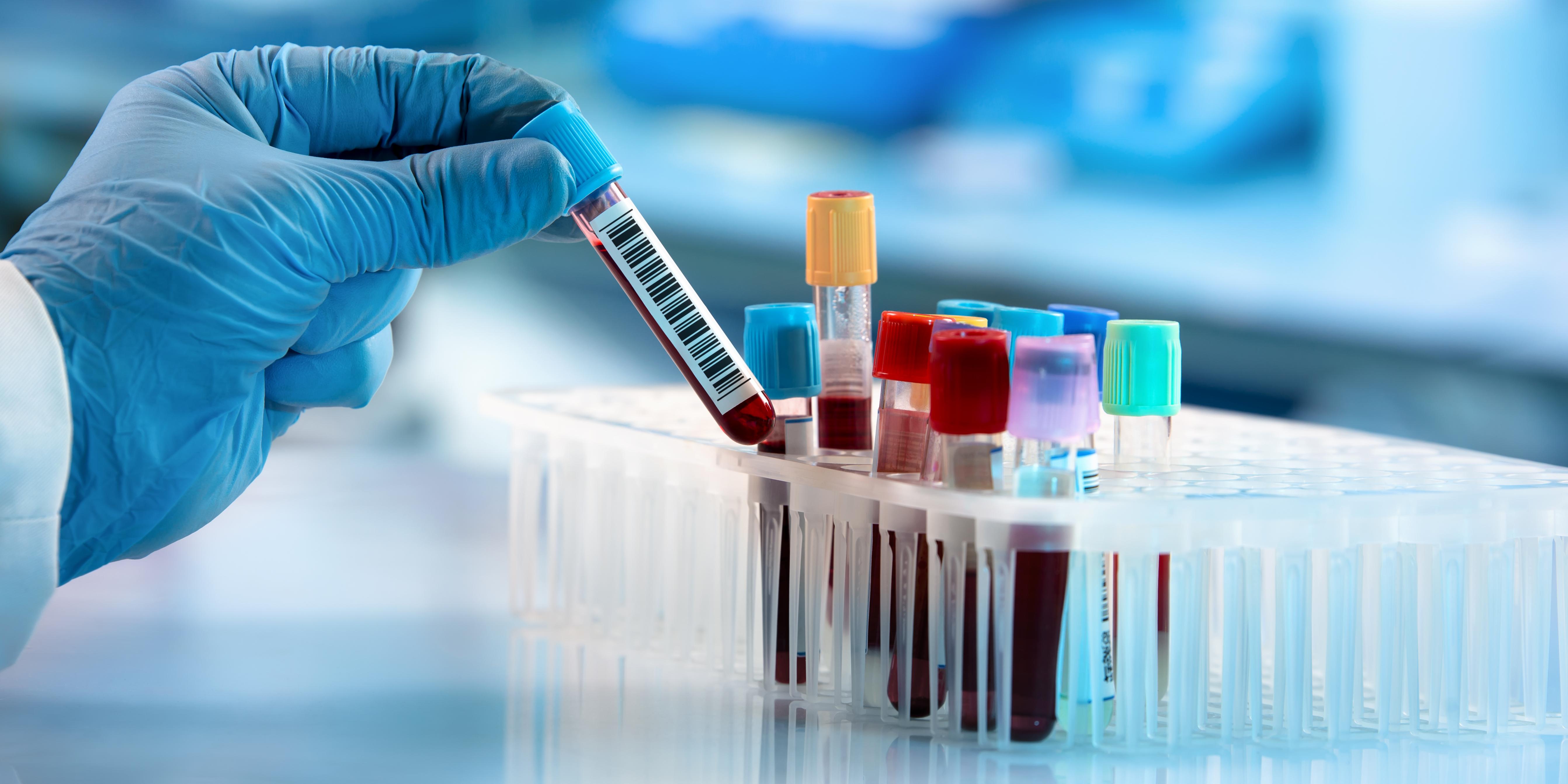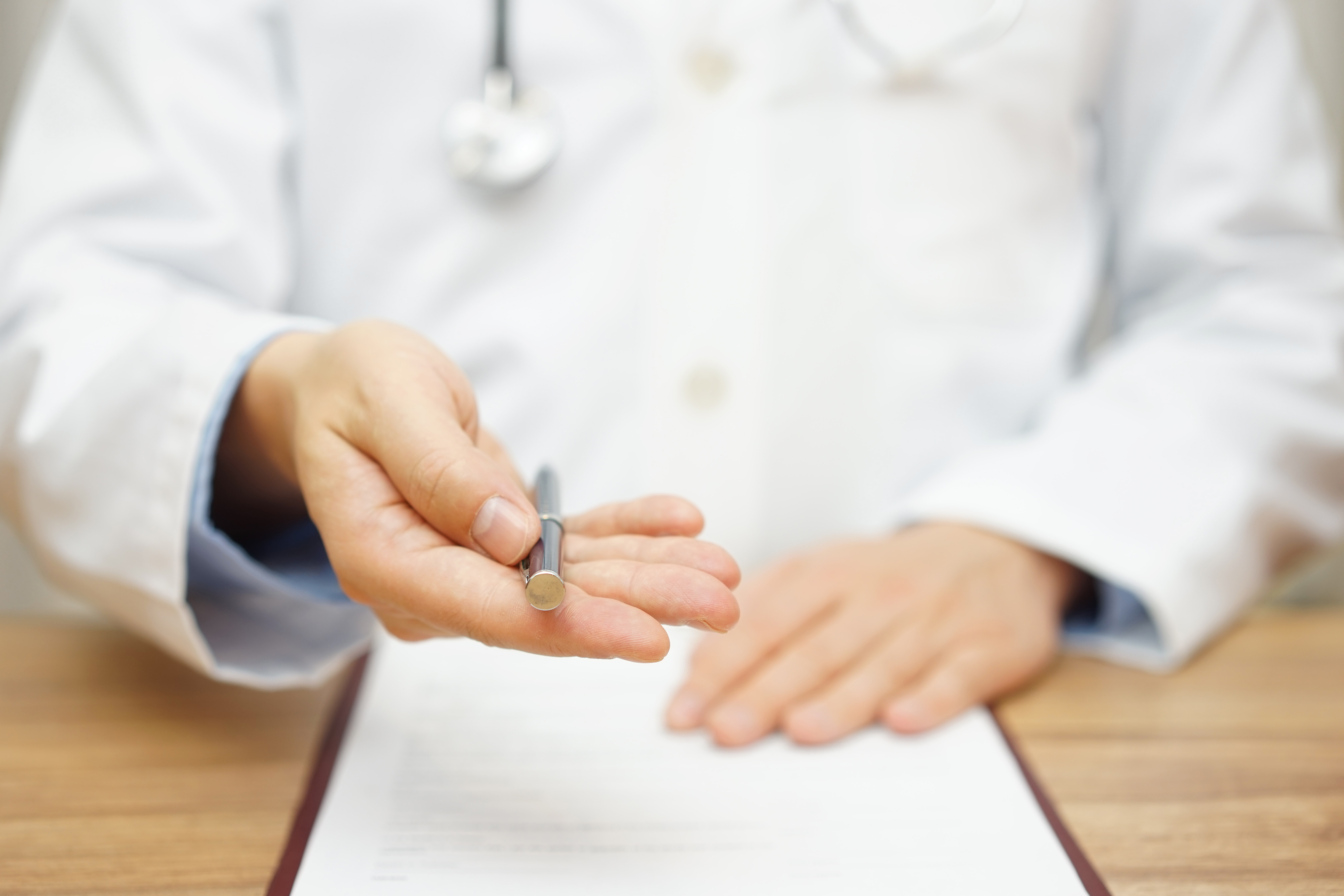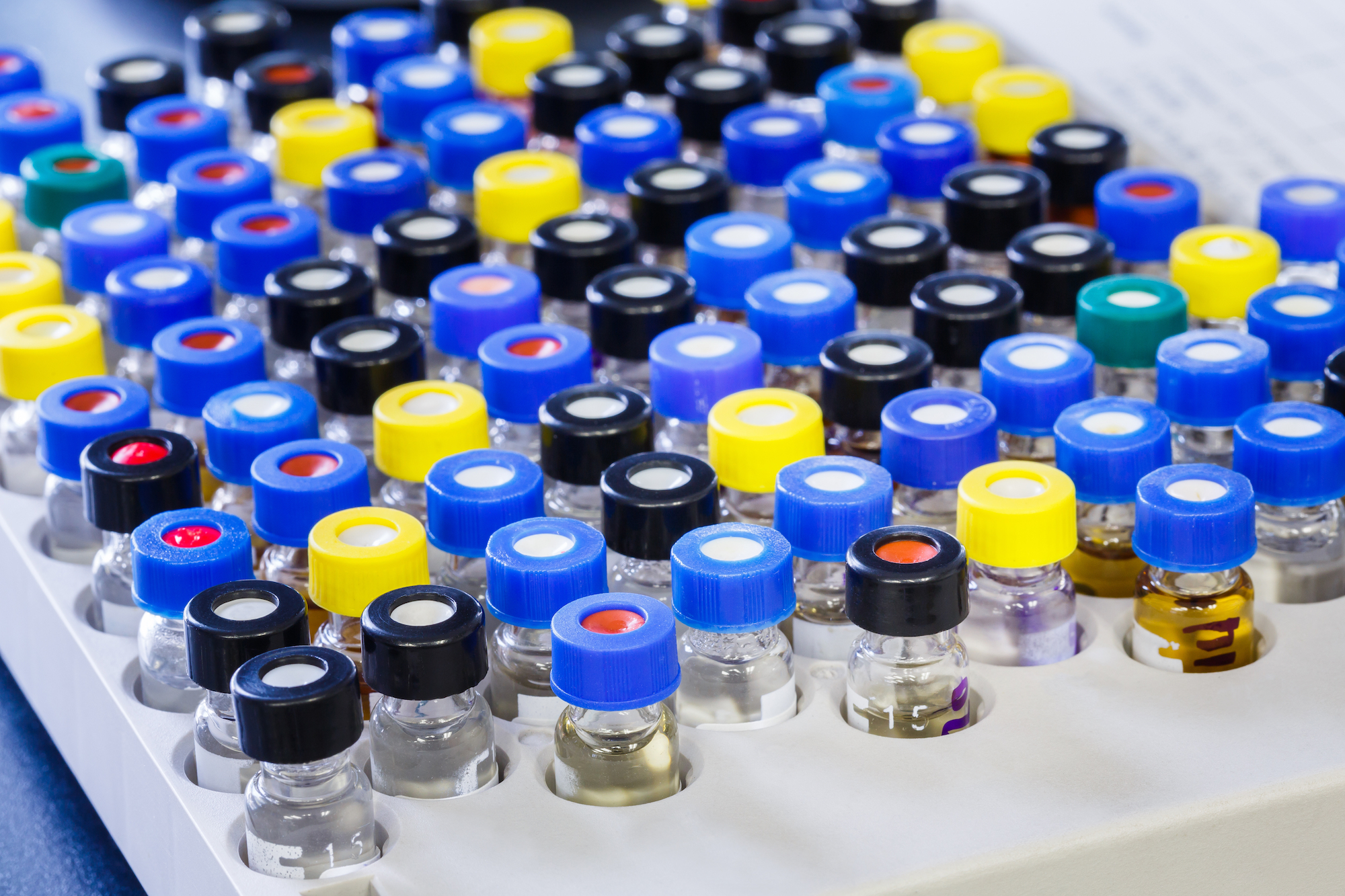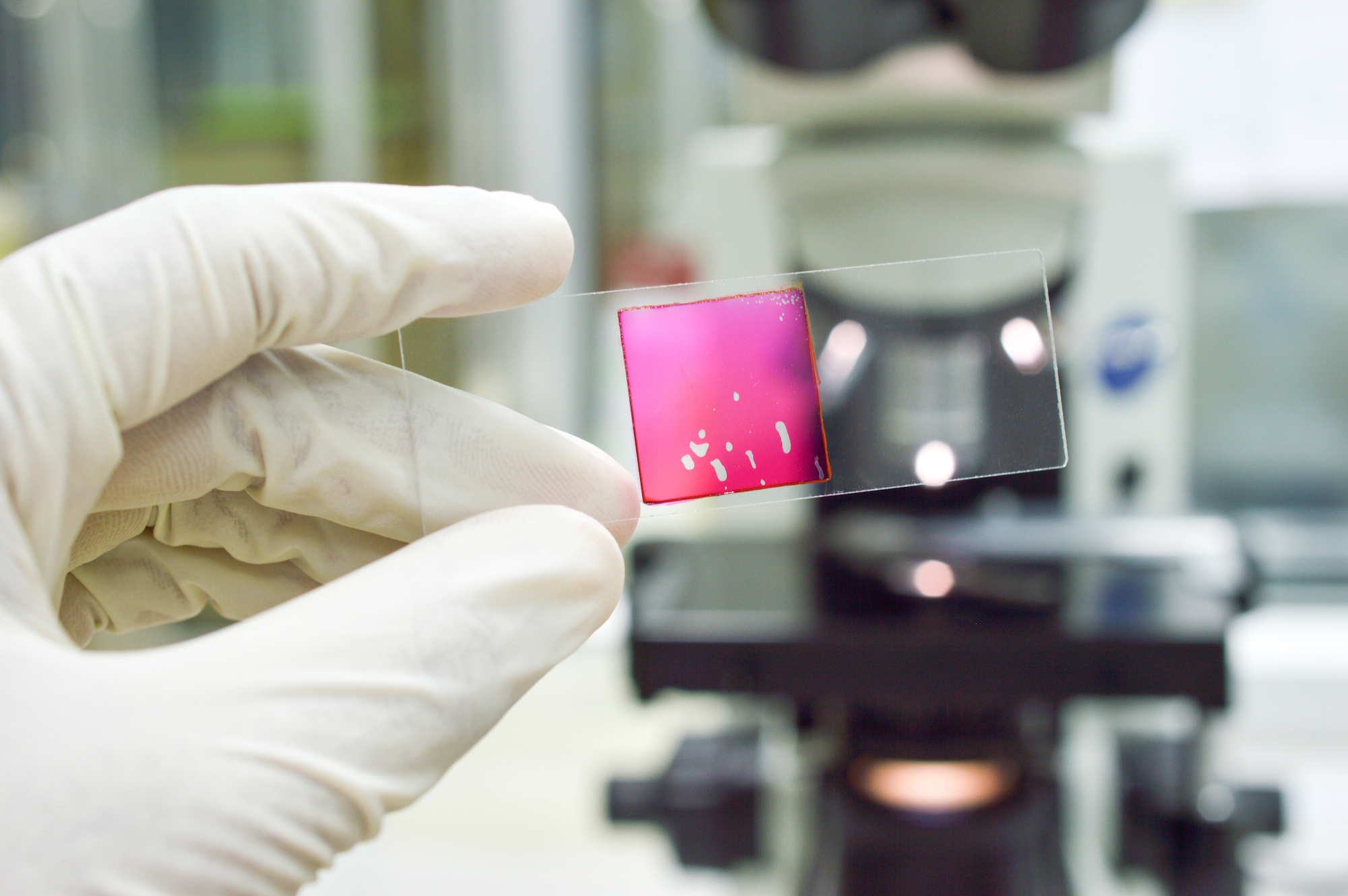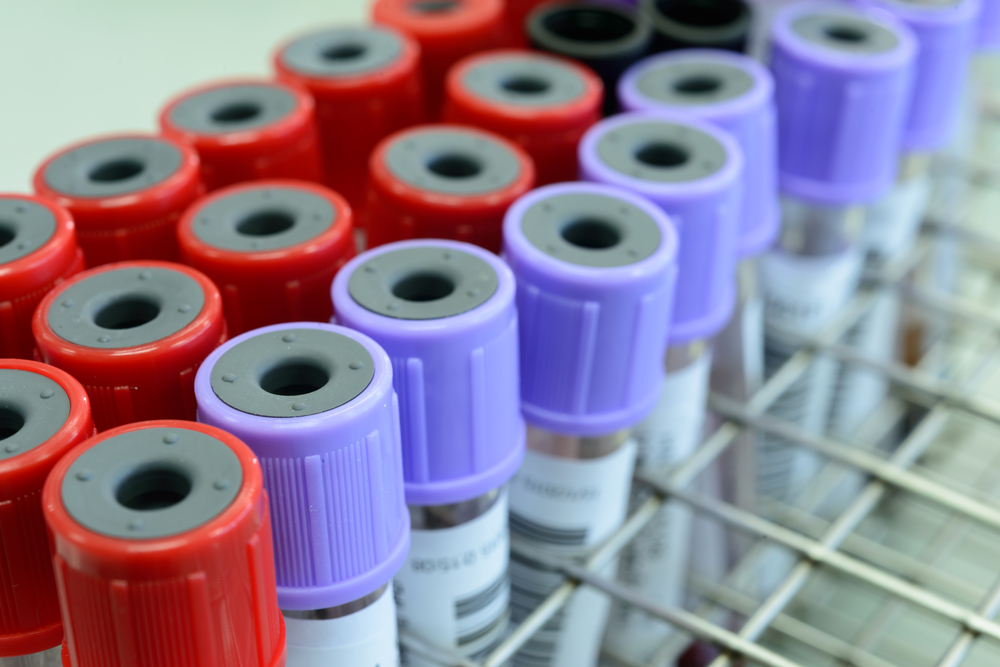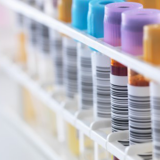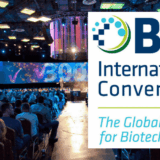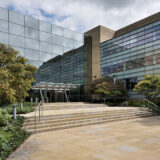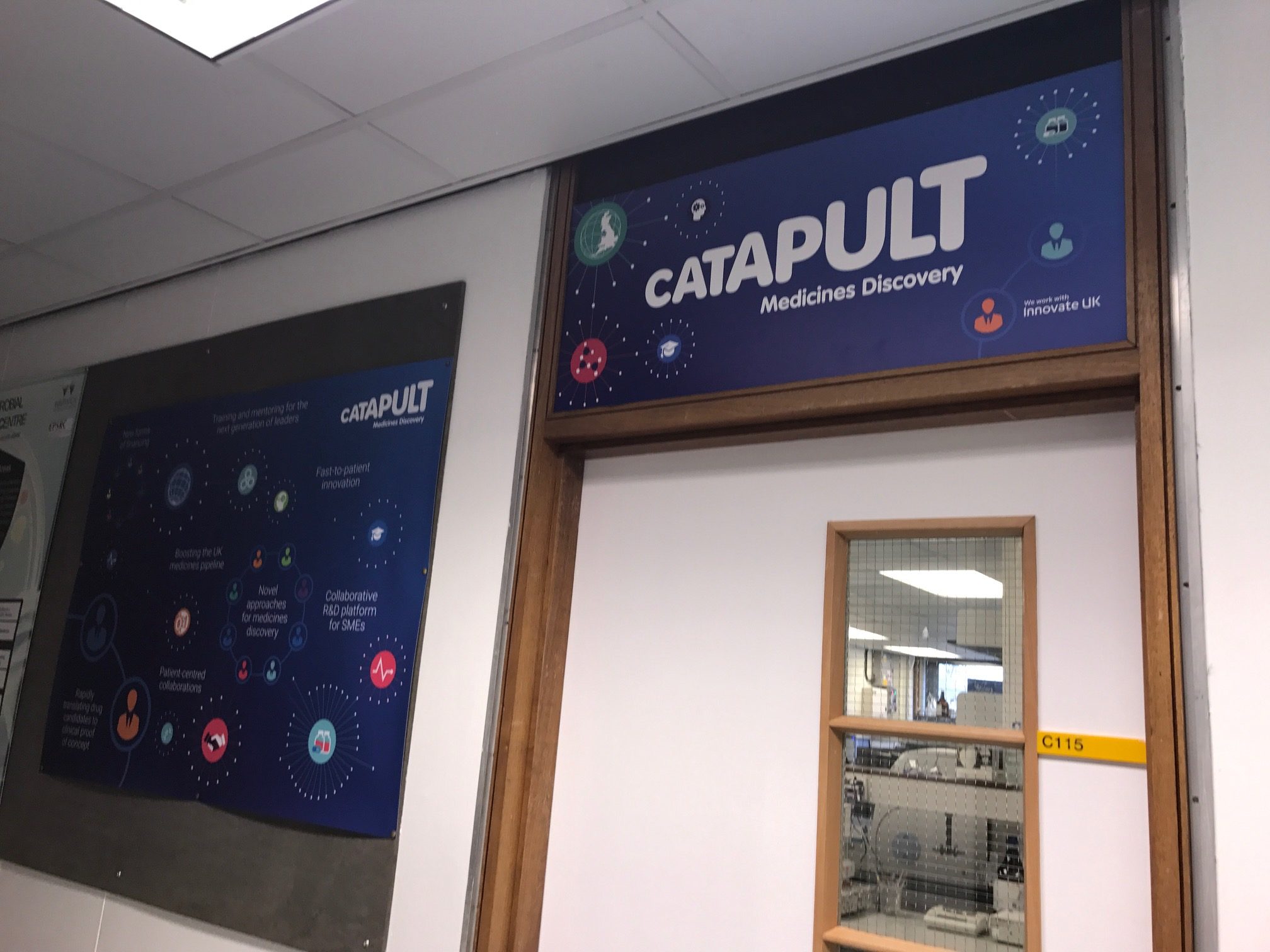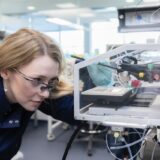Which team do you work in and what does that team do?
The Target and Pathway Engagement team within the wider Discovery team. We look at the early stages of drug discovery.
People are trying to understand what can be a fairly novel compound, and how that compound actually interacts with its target under different circumstances. You may have quite a good understanding under one particular circumstance, but you really need to have that understanding under lots of increasingly complicated settings. That’s where we come in. We help to flesh out their understanding of the compound’s mechanism and the effects it’s having on cell pathways.
So overall, our role is to develop methods for customers and collaborators to help them establish the link between their molecules and the putative target and downstream activation of biological pathways. We understand how drugs interact with their targets and how they modulate pathways; it’s really important to know this when you are validating your drugs mechanisms.
What’s your role within your team?
I am a Lead scientist. I focus on basic methods for target engagement and pathway engagement, particularly ones that can be applied within cell models, cells and tissues. It’s an area where people go from simple in vitro situations to taking a big step to trying to work out how their compound is interacting with its target in a cellular or tissue environment.
We also help with technology assessments, as well as developing tools that we want to apply to cells and tissues. We always want to explore new technologies that might be applied in this area.
How long have you worked in drug discovery?
My background is in large pharma, about 10 years’ experience in this area, mostly with safety assessment and discovery sciences. Both roles were based around cellular assays and developing cellular assays to understand compounds.
Before that, I spent over 10 years in academia, which again was around understanding cellular function, particularly around endothelial biology and cell signalling.
How does your role support other functions within the organisation?
The discovery department as a whole all support each other – it’s a collaborative team. My role interlinks with:
Cell Models – we are very much aligned to the Cell Models team. We apply the method we’re developing to those sorts of complex cell models; it’s closely linked into the analysis.
Preclinical Imaging – we look at trying to understand processes and tissues for analysis. Again, we want to apply our methods in vitro in cells and also in tissues from preclinical studies.
Biomarkers – part of this is very similar to what we’re trying to do, but at a later stage in drug discovery. Proof of mechanism biomarkers are about understanding your drug, interacting with its target, but in a patient, in a clinical setting. Do you understand what’s going on in that kind of level? That’s actually one of the key steps along the biomarker pathway.
Advanced microscopy and mass spec are also important to our work.
As a department, we want to be able to give the customer as much information as possible for their question. For example, a customer might come in with a very specific question that would probably be directed at one team, we offer our other in-house capabilities to broaden the information we can provide, helping to build a bigger picture.
What attracted you to the drug discovery industry and Medicines Discovery Catapult?
It was after a stint in academia. It’s kind of seen as jumping the fence, when moving into industry. There is quite a divide between academic research and industry research. I made the jump about 15 years ago now.
For me, it was a perfect move, I haven’t looked back since. I’ve really enjoyed being part of the industry – the work that’s done, and the opportunities it has given me – I’ve learnt a huge amount about science and been able to work with big project teams.
Within MDC, it’s almost like taking another step forward because it’s an even wider range of customers and all different kinds of discovery questions. I like being part of a bigger team with common goals; a lot of people and expertise being focused on questions with the motivation to solve them.
Tell us about any work you’ve done that you’re most proud of.
The work I am most proud of is in large pharma with the discovery projects. It’s being part of international teams that span multiple countries – working with collaborators, academics, other businesses and industry partners. It’s exciting to see what they can do, and the challenges faced.
There has been some really challenging projects and they don’t always work out, but it’s the process of trying to explore what you can do in that team. That what’s stimulating in pharma; some of the big projects make and evaluate new technologies and seeing if those technologies can be brought in.
Also, being able to interact with specialist companies that are really passionate about what they do.
There’s just a lot of chance to learn and be part of a team that feels like it’s making important decisions.
How do you stay connected with what’s happening in the industry?
The way I’ve always stayed connected with what’s happening in industry is conferences and networking. Conferences are really important, preferably in person but virtual works too. In fact, with virtual conferences, it gives you a chance to go to many more and there’s a lot more available.
It will be good to be able to go back to conferences, it’s nice to catch up and network, that’s just as important as the conference itself.
I always keep in touch with my network too, both my academic network and industry.
Take a read of Matt’s MDC Connect’s blog on ‘Strategies for target and pathway engagement in cellular assays.’

